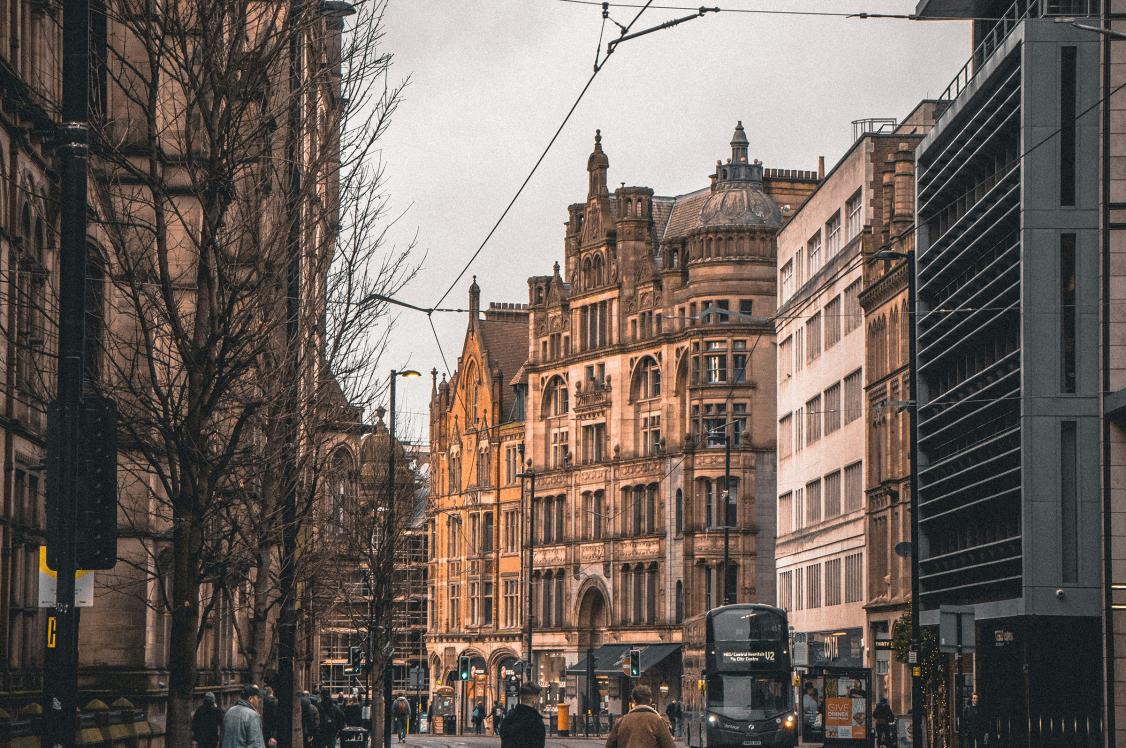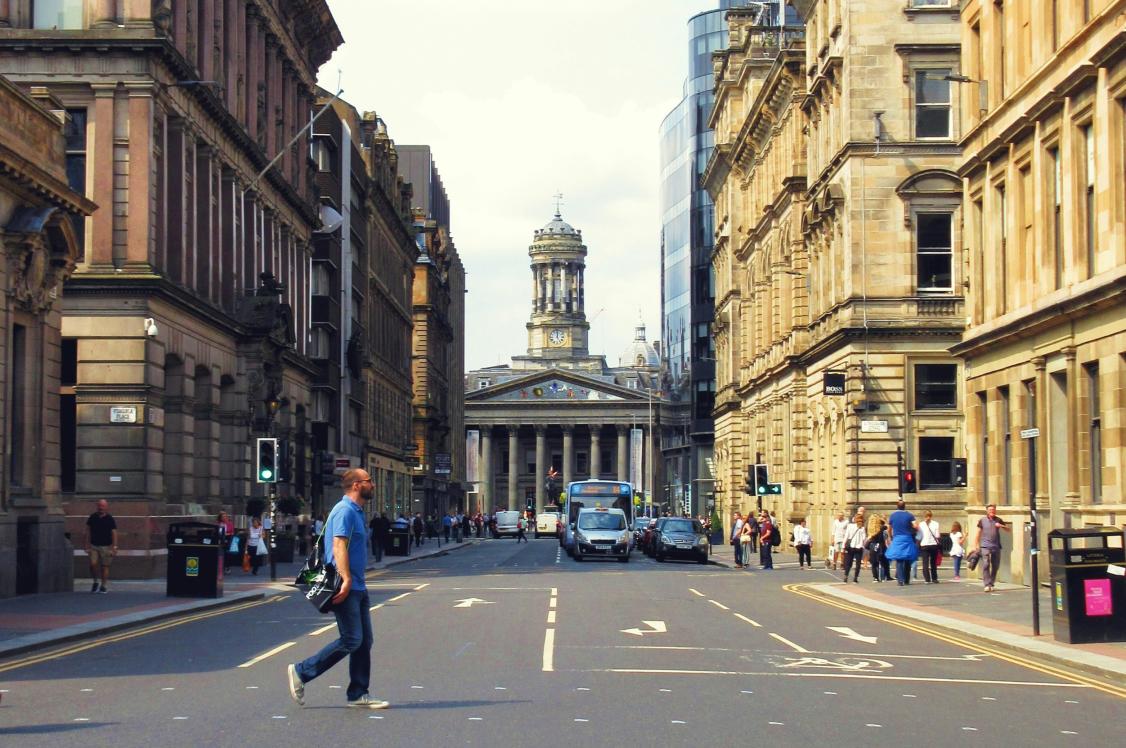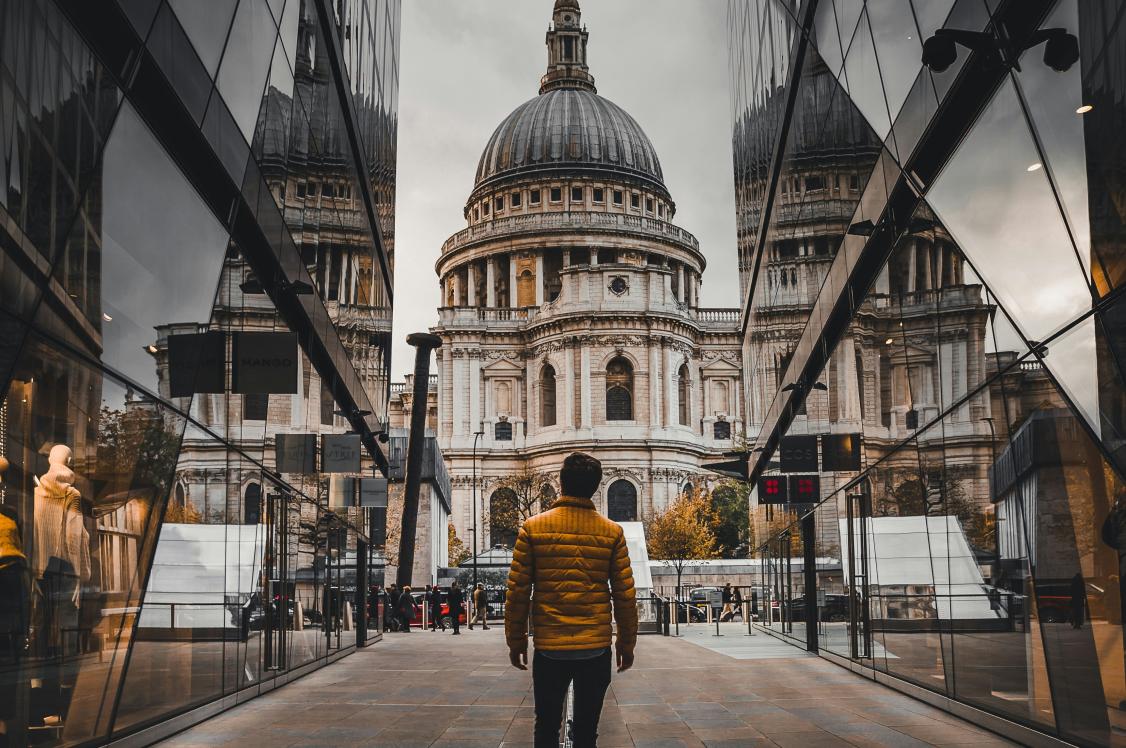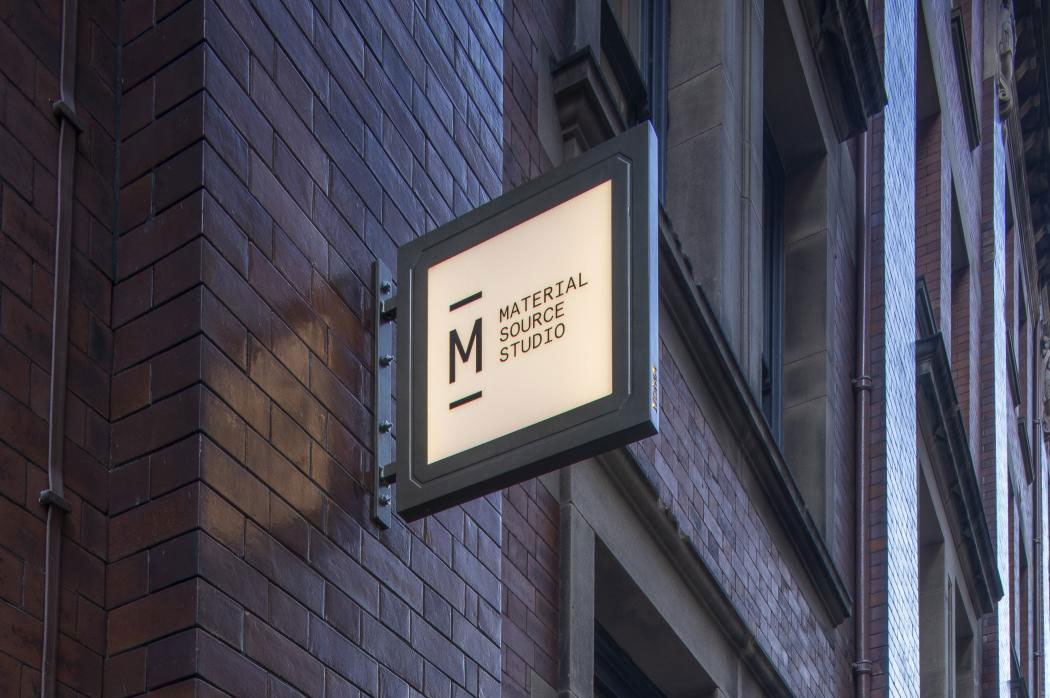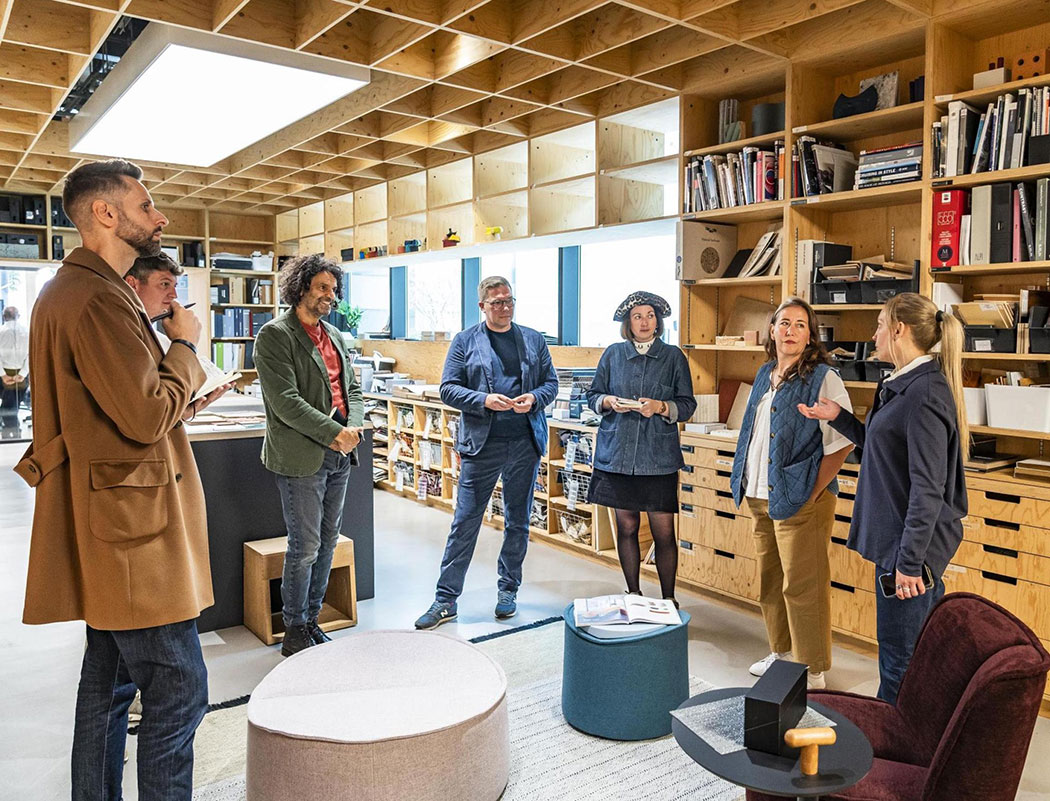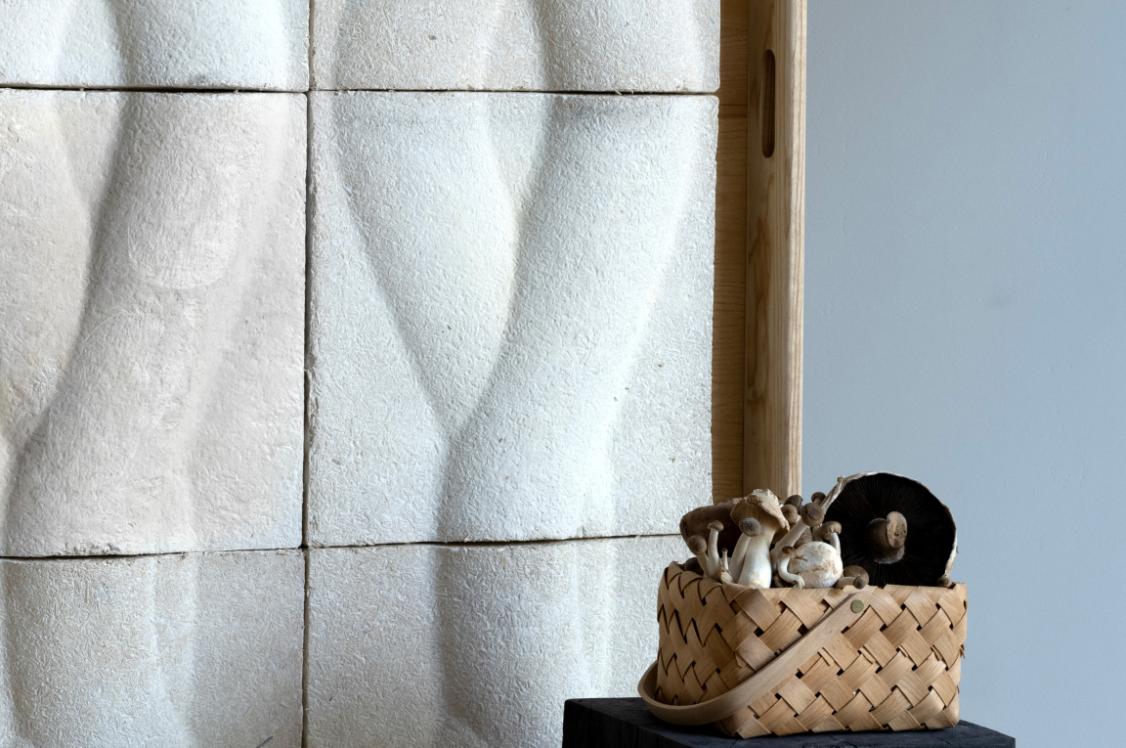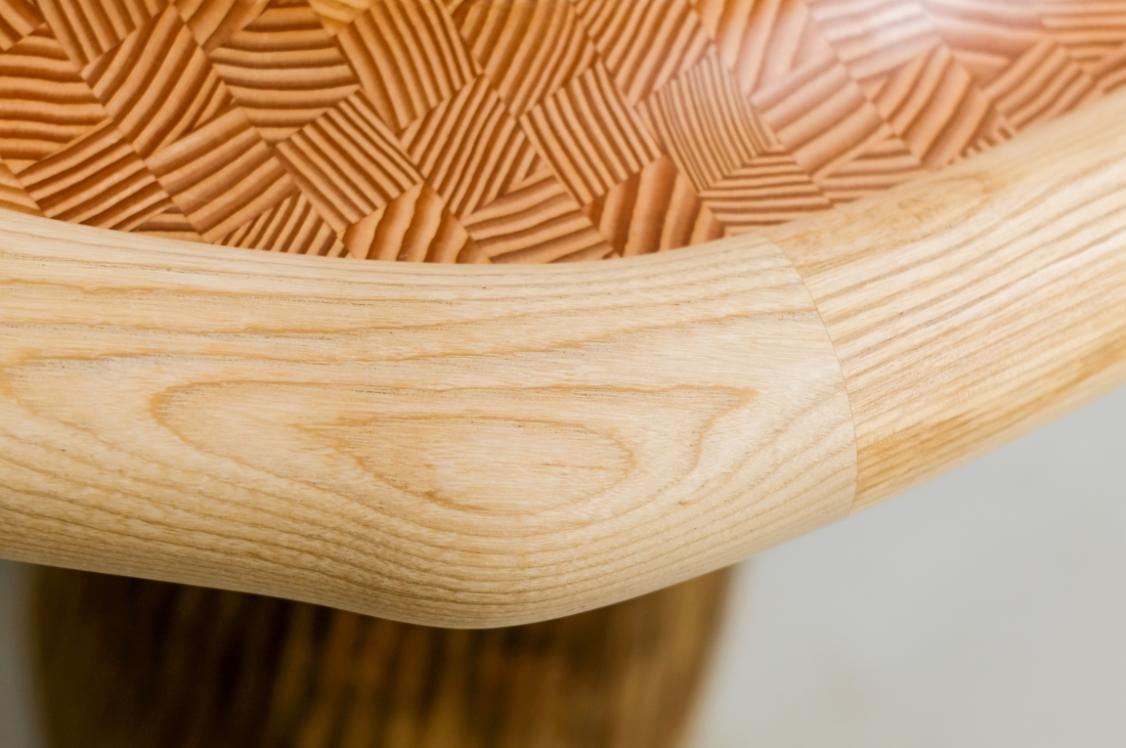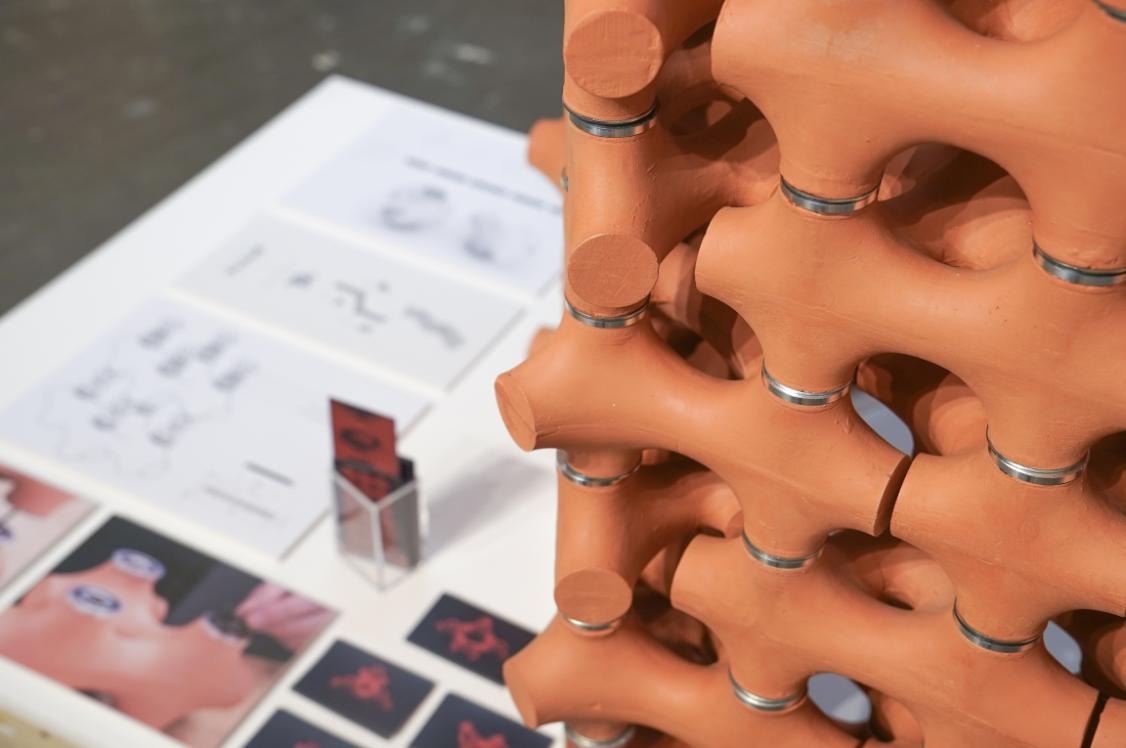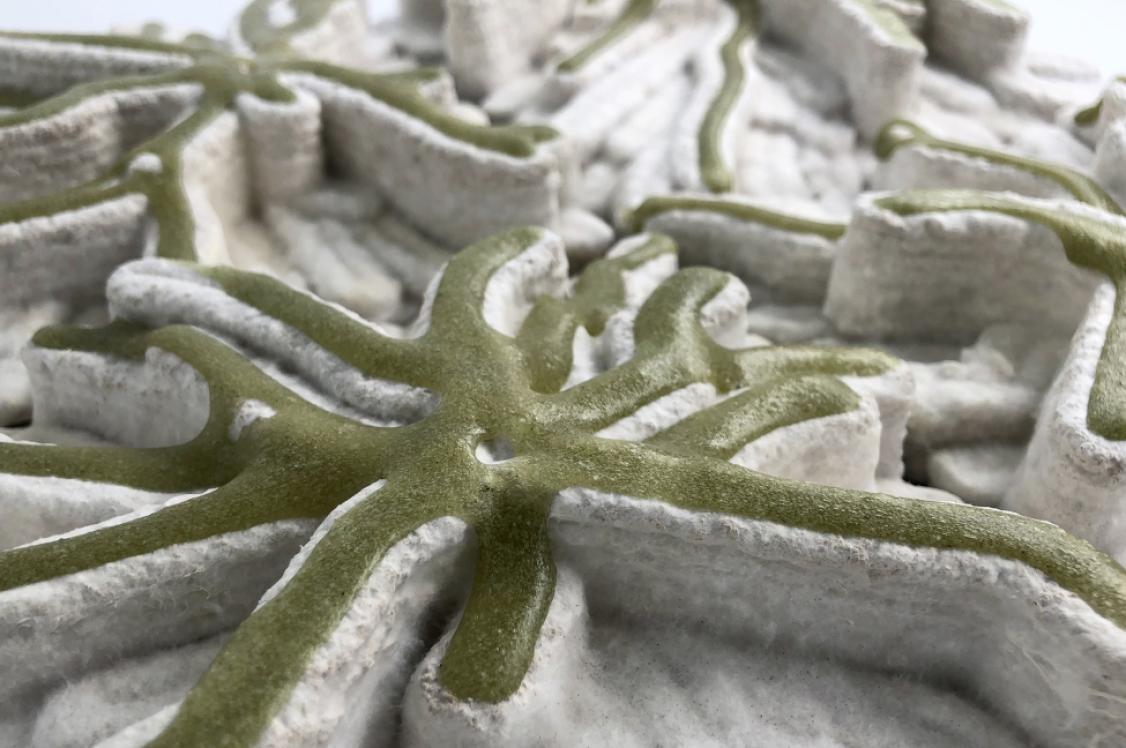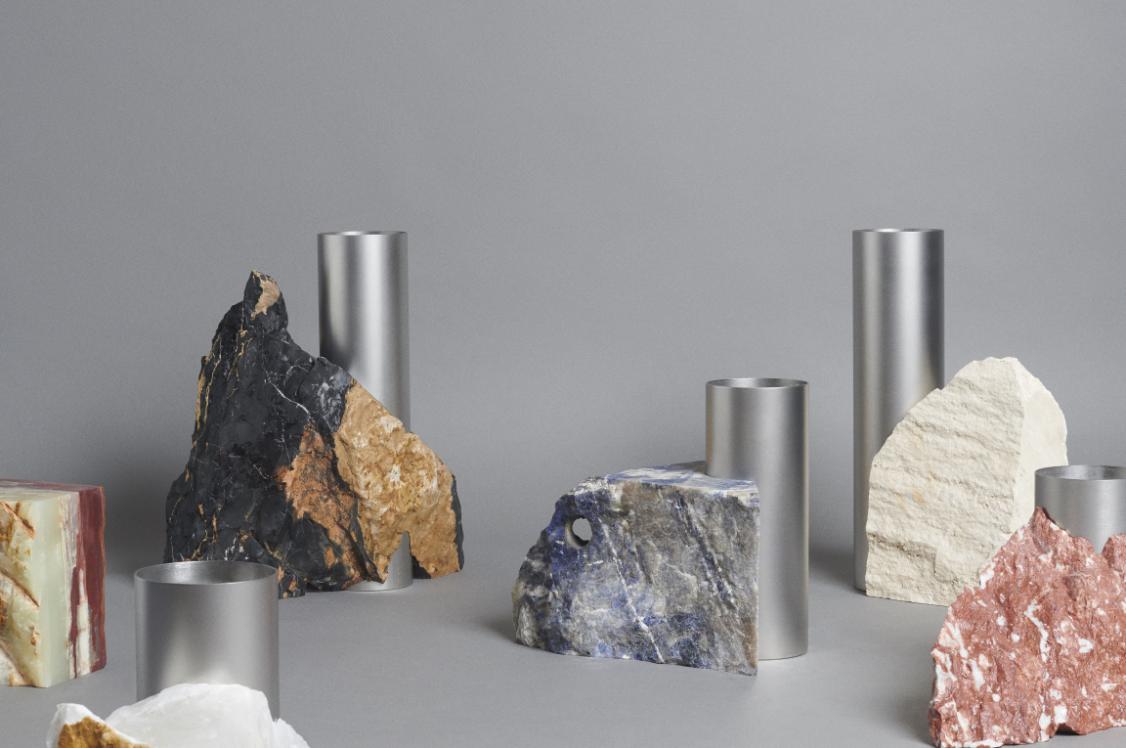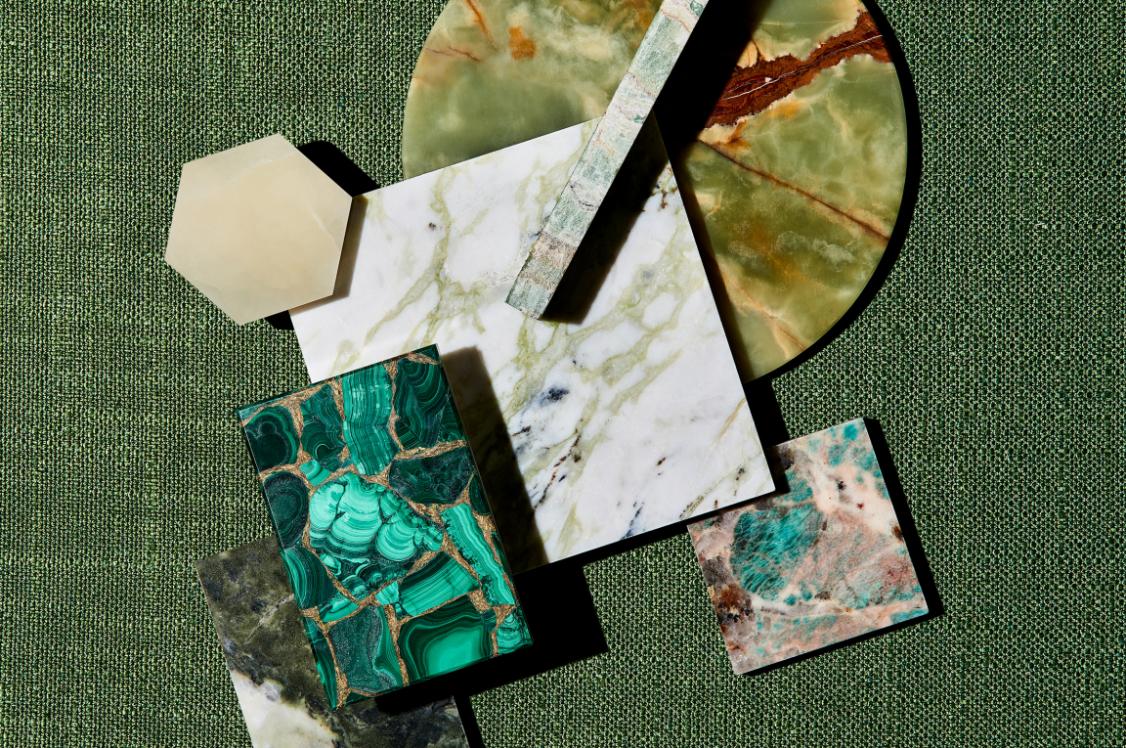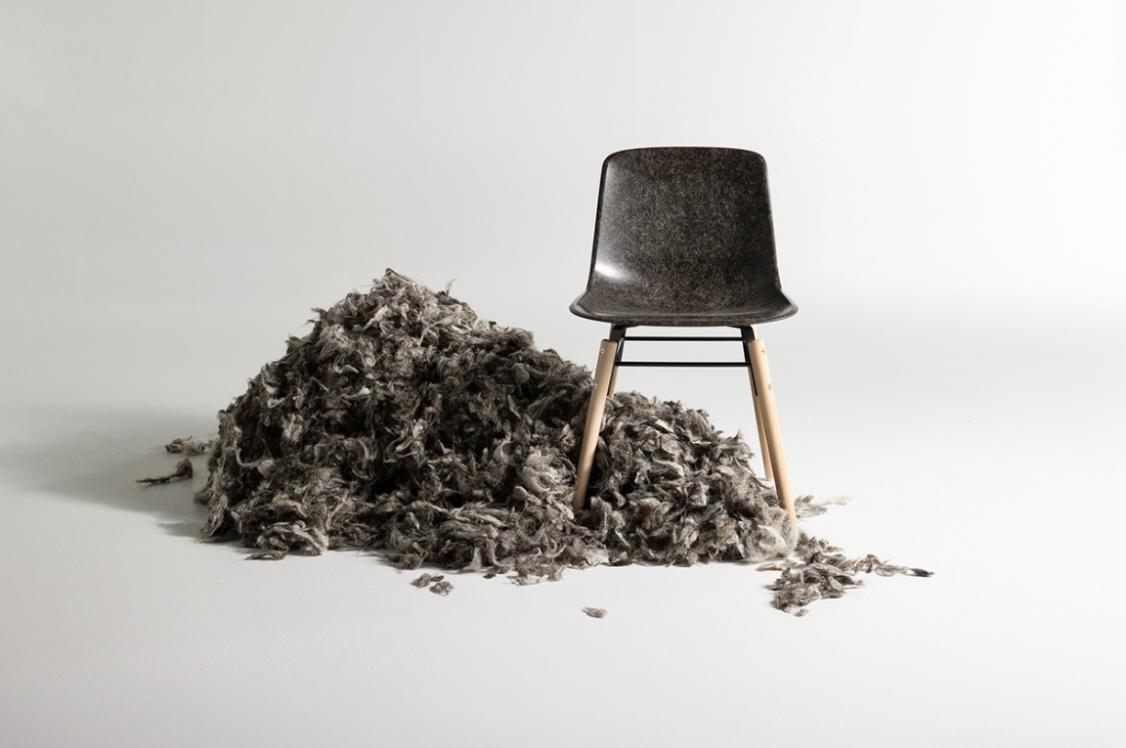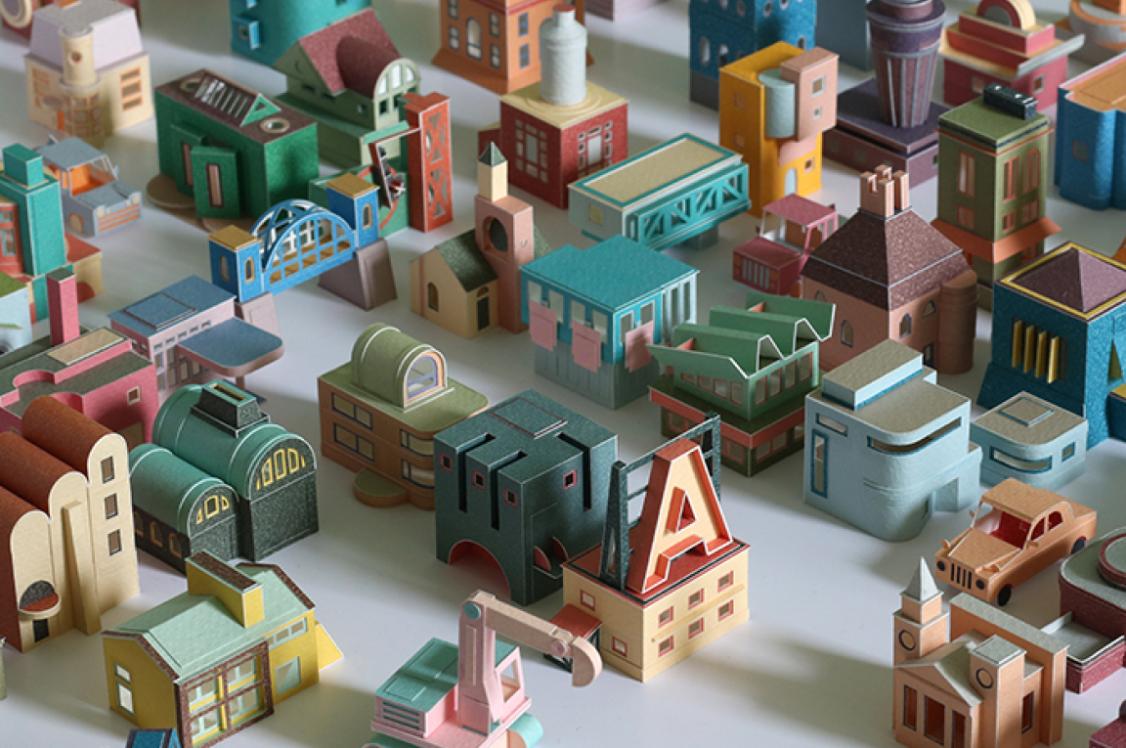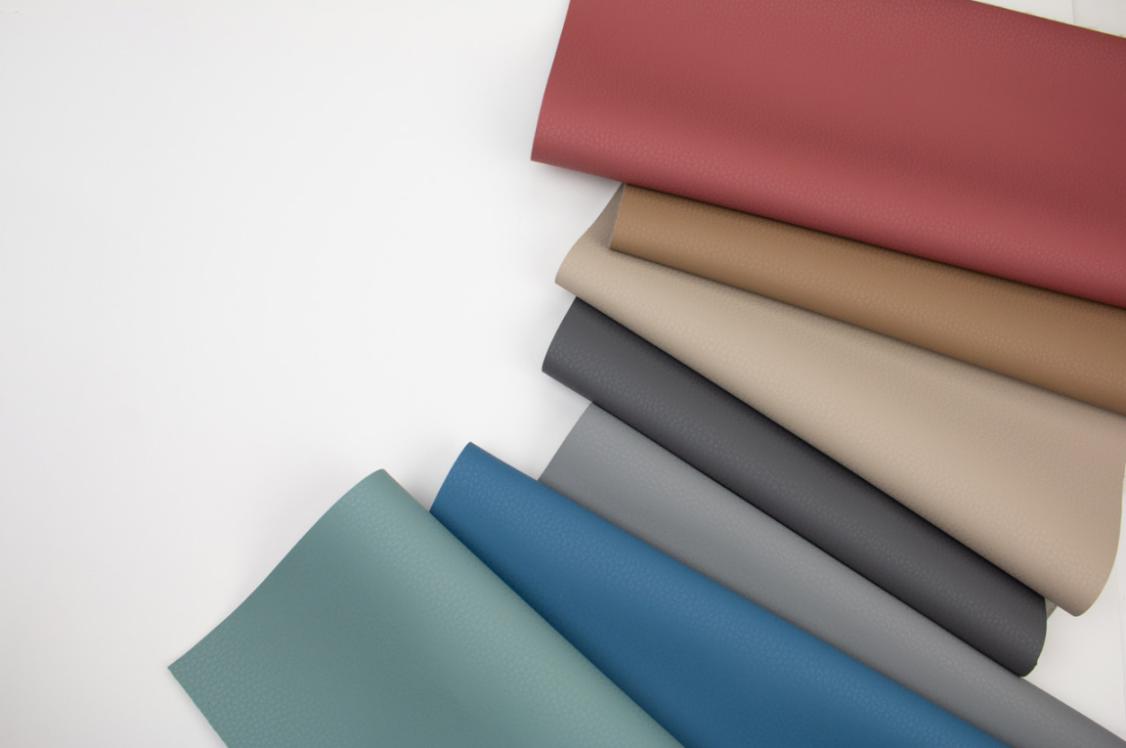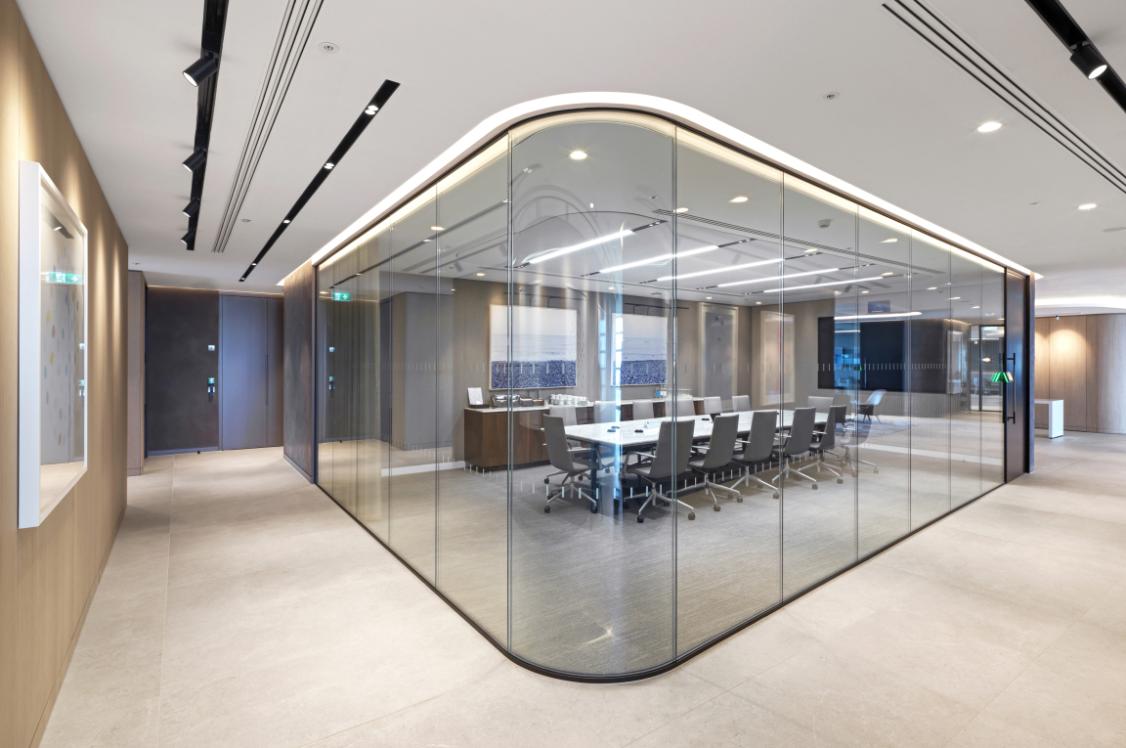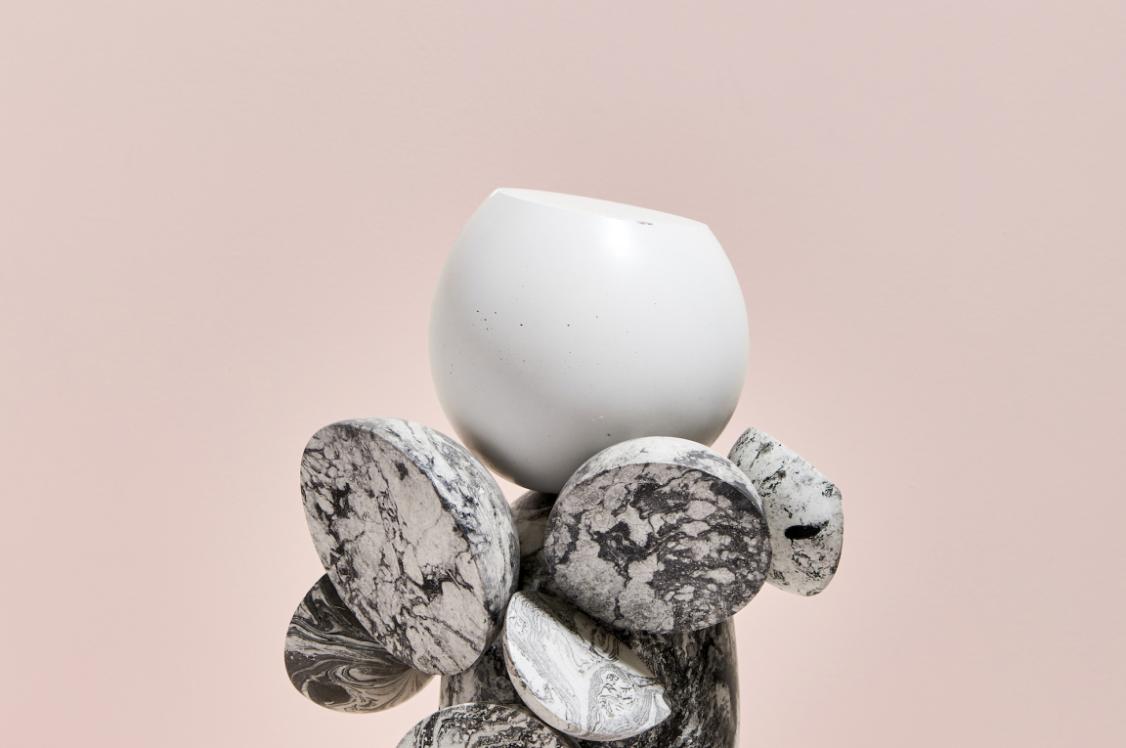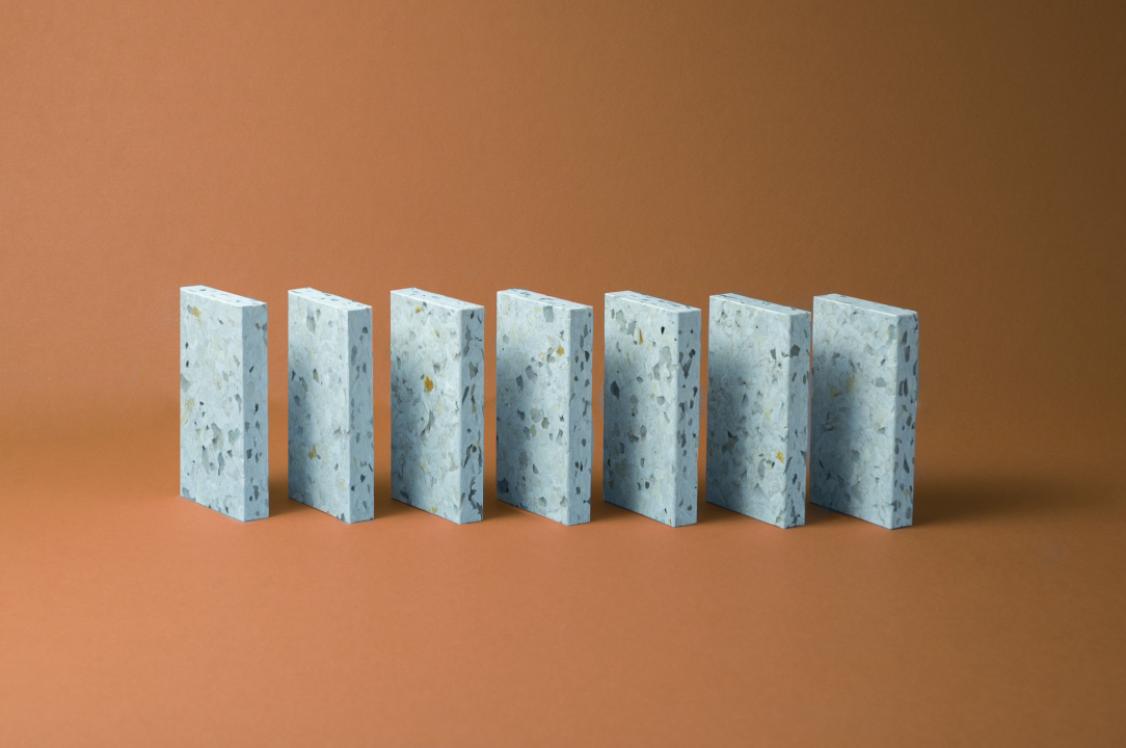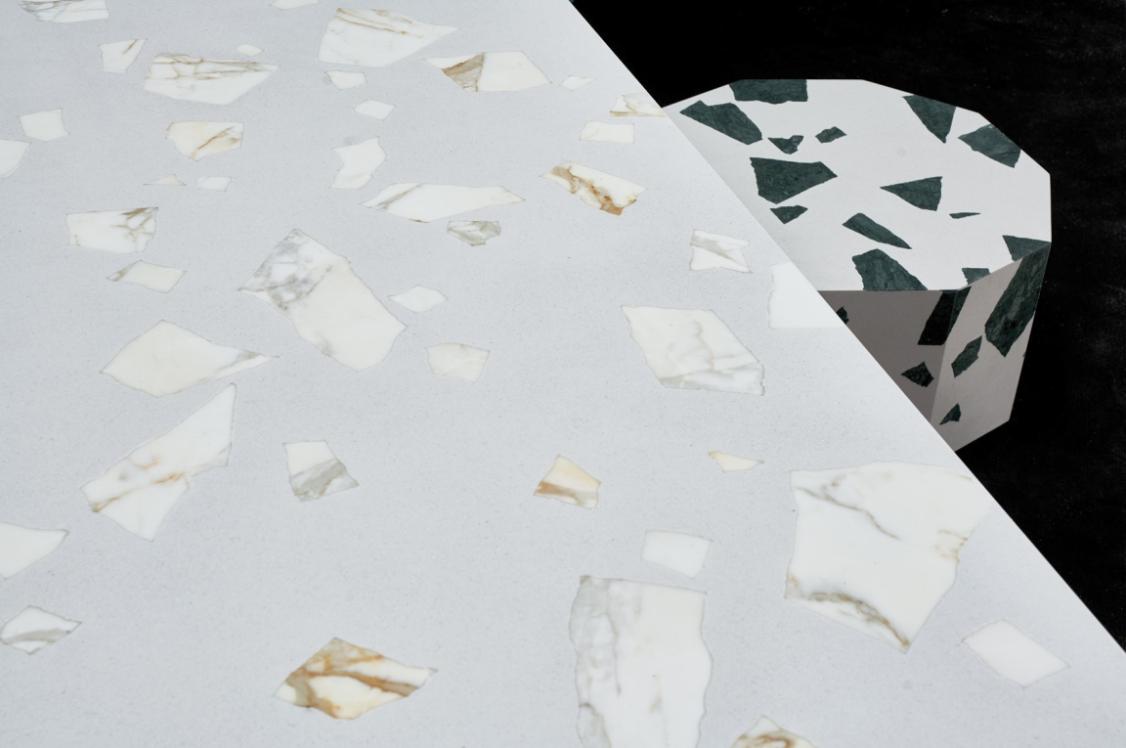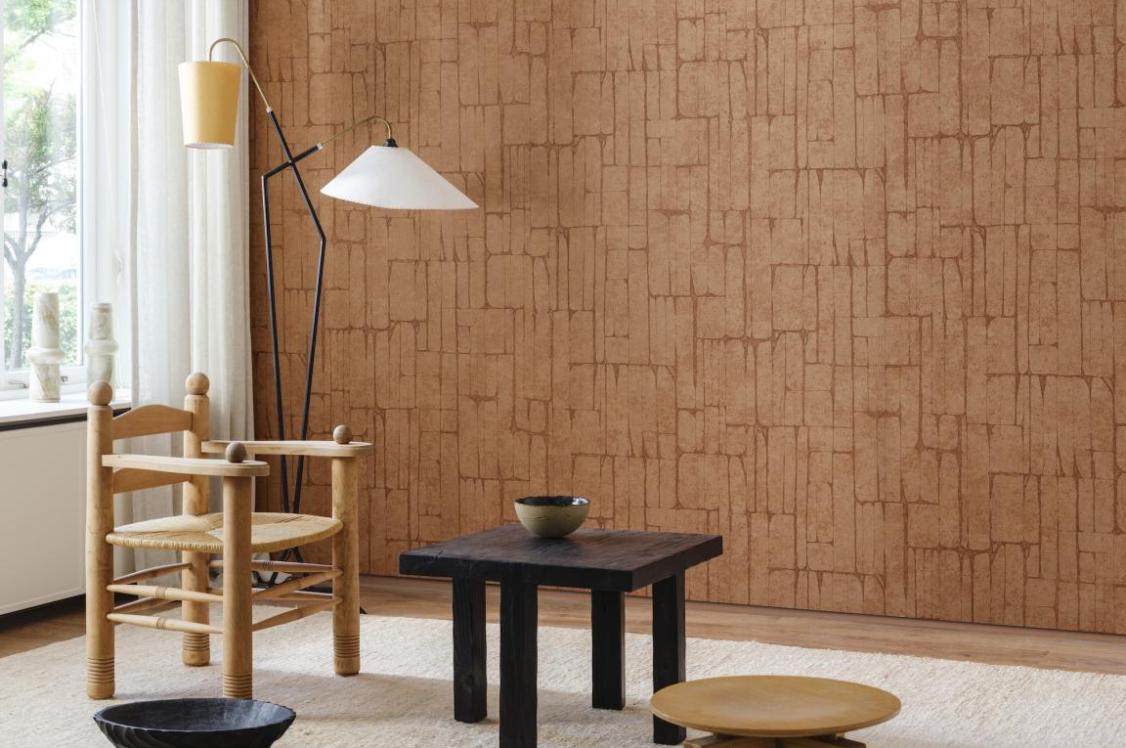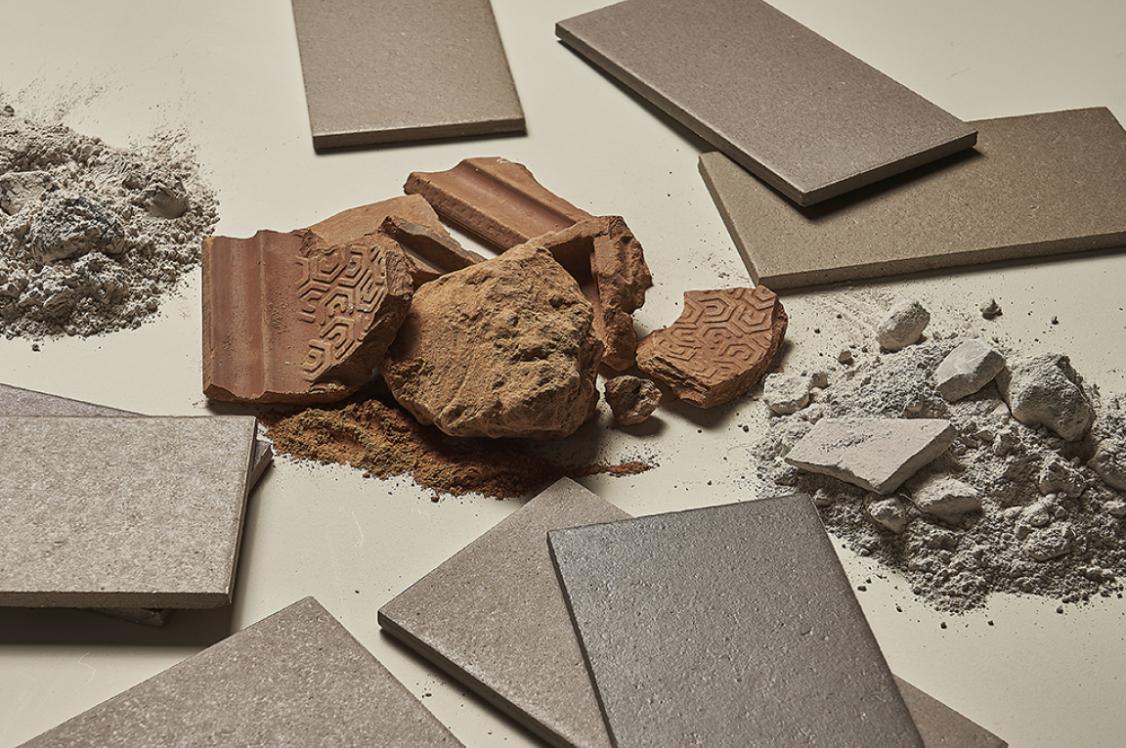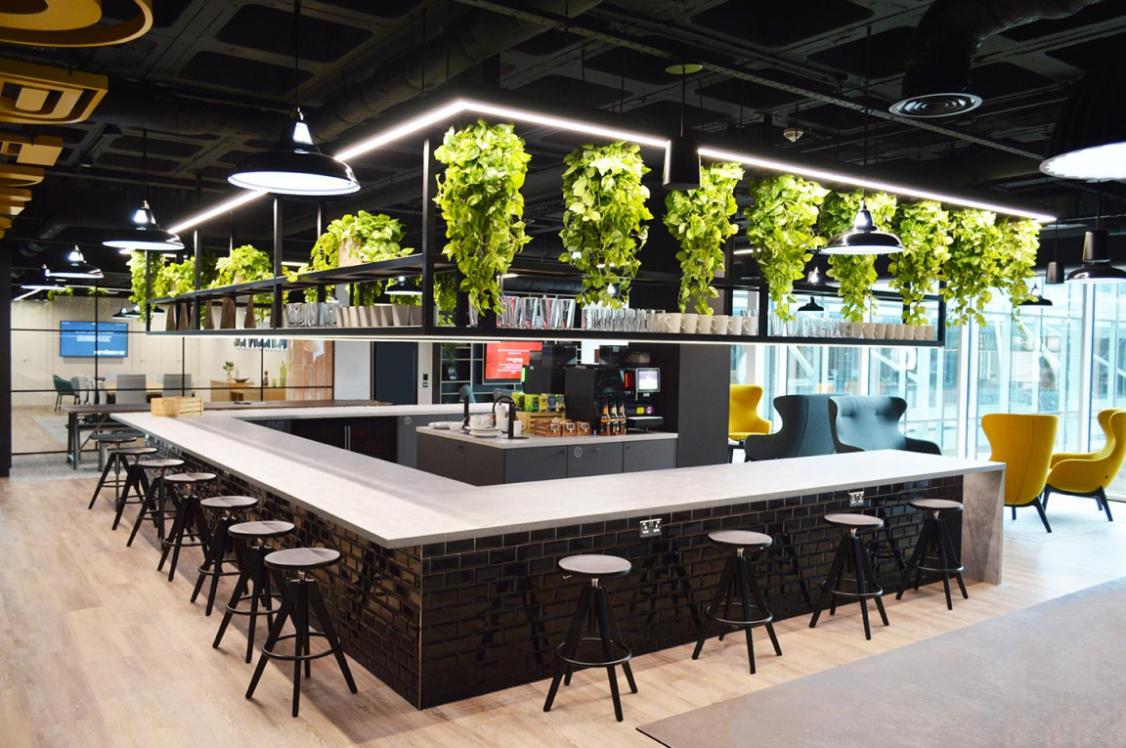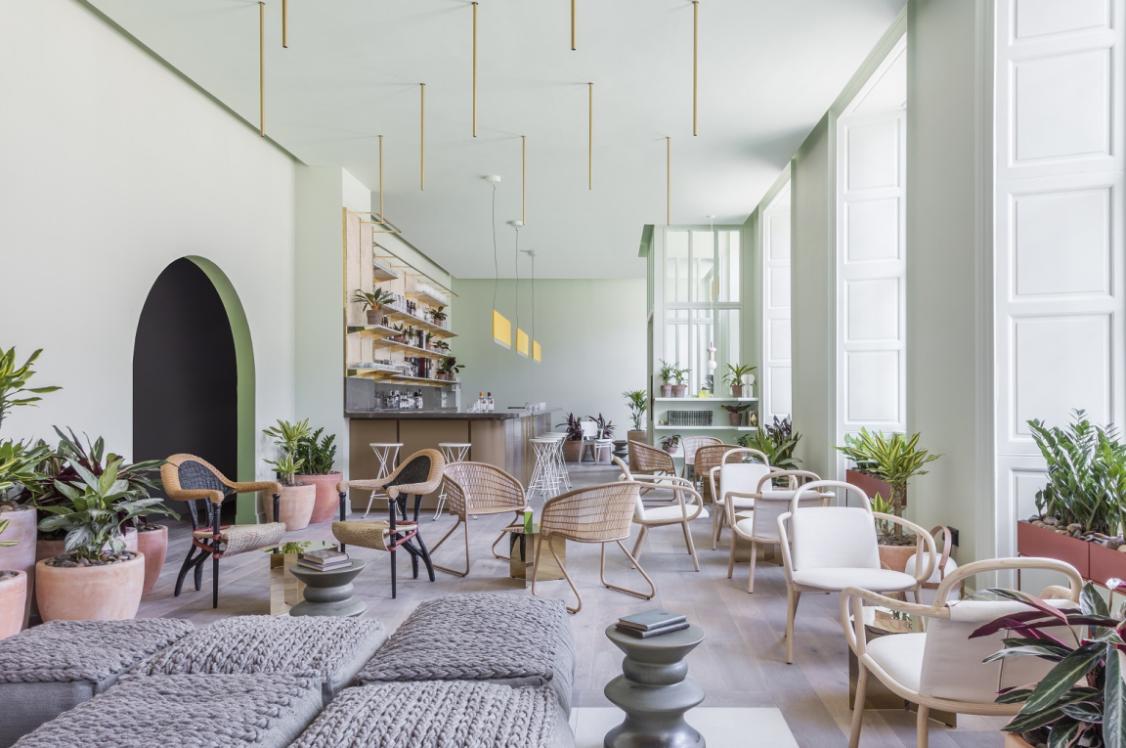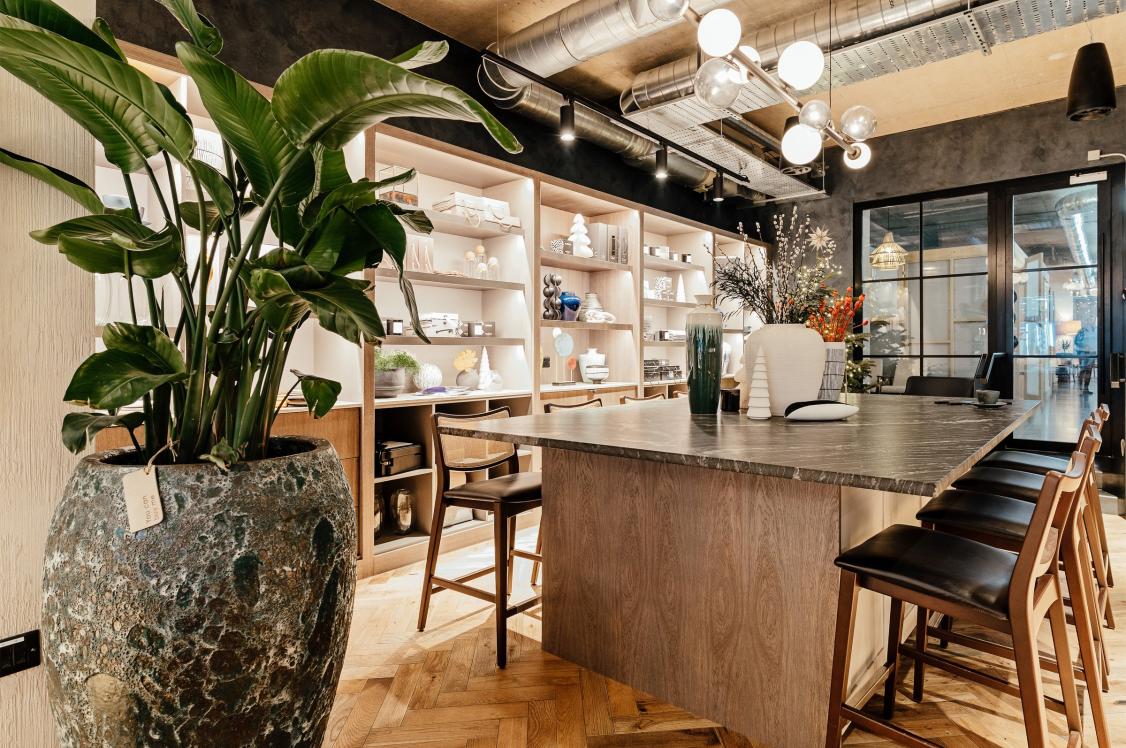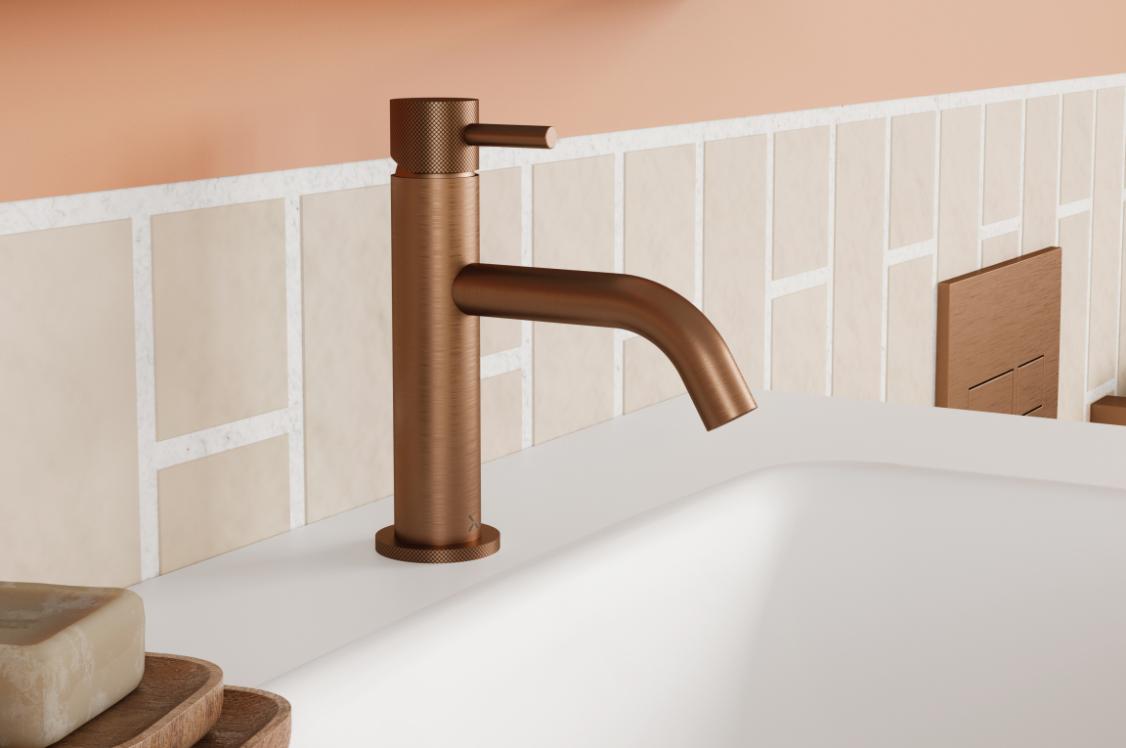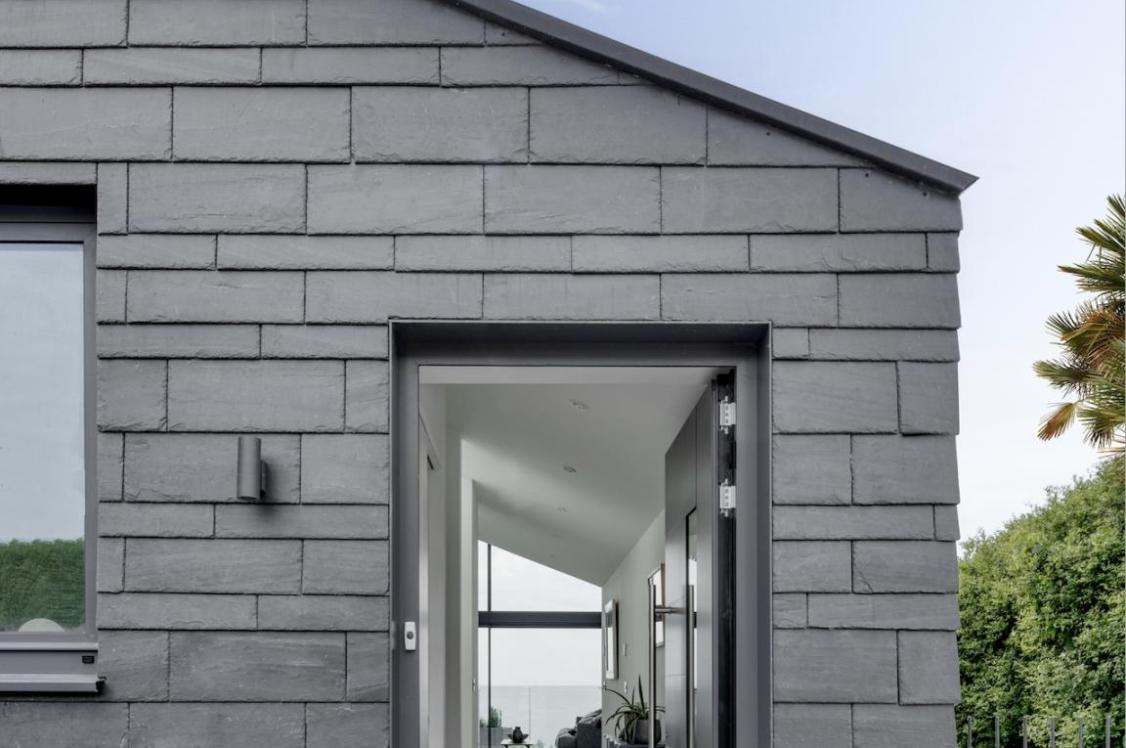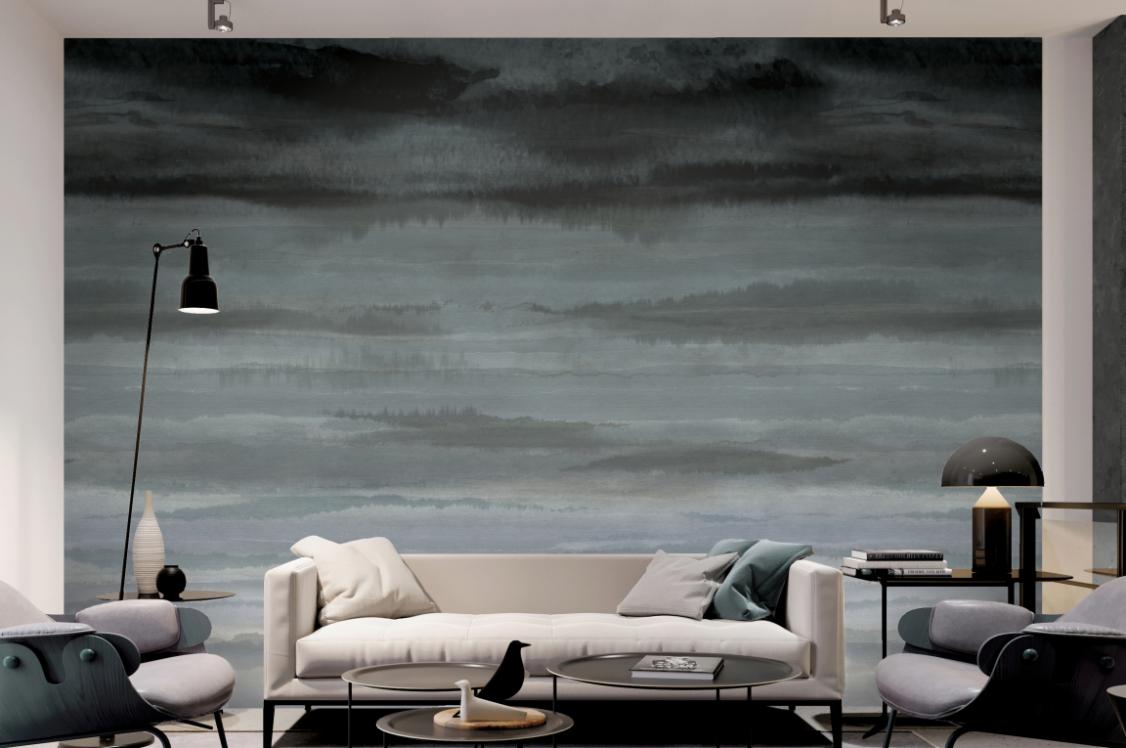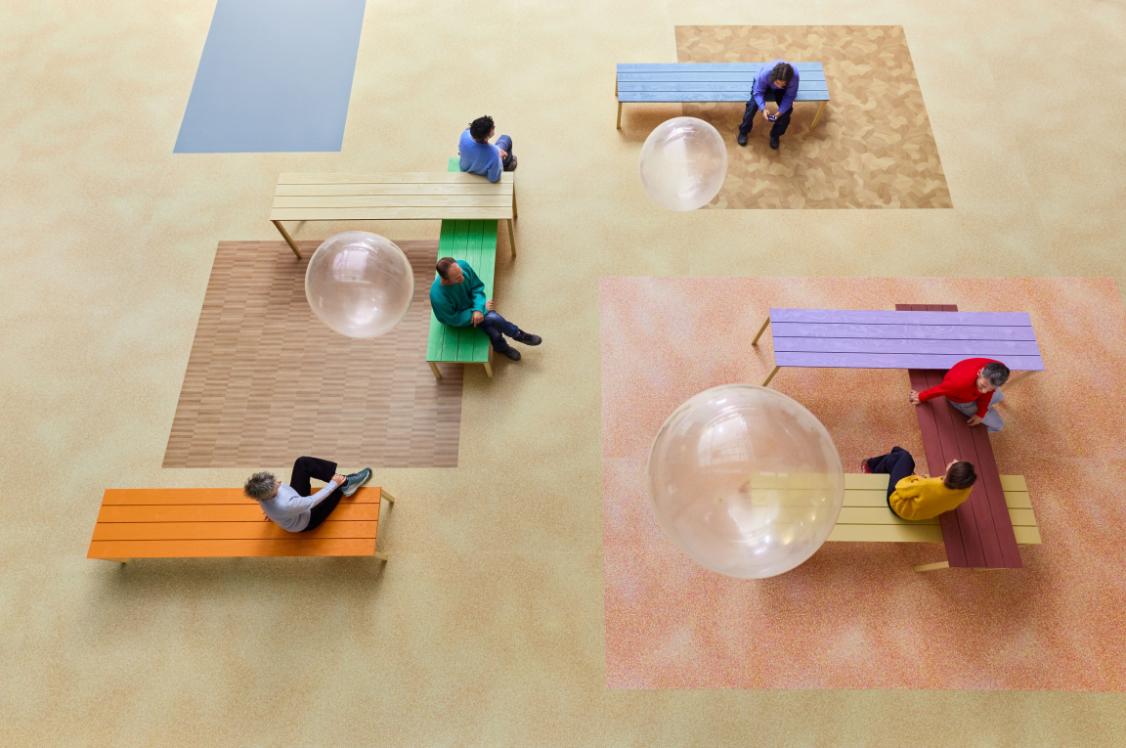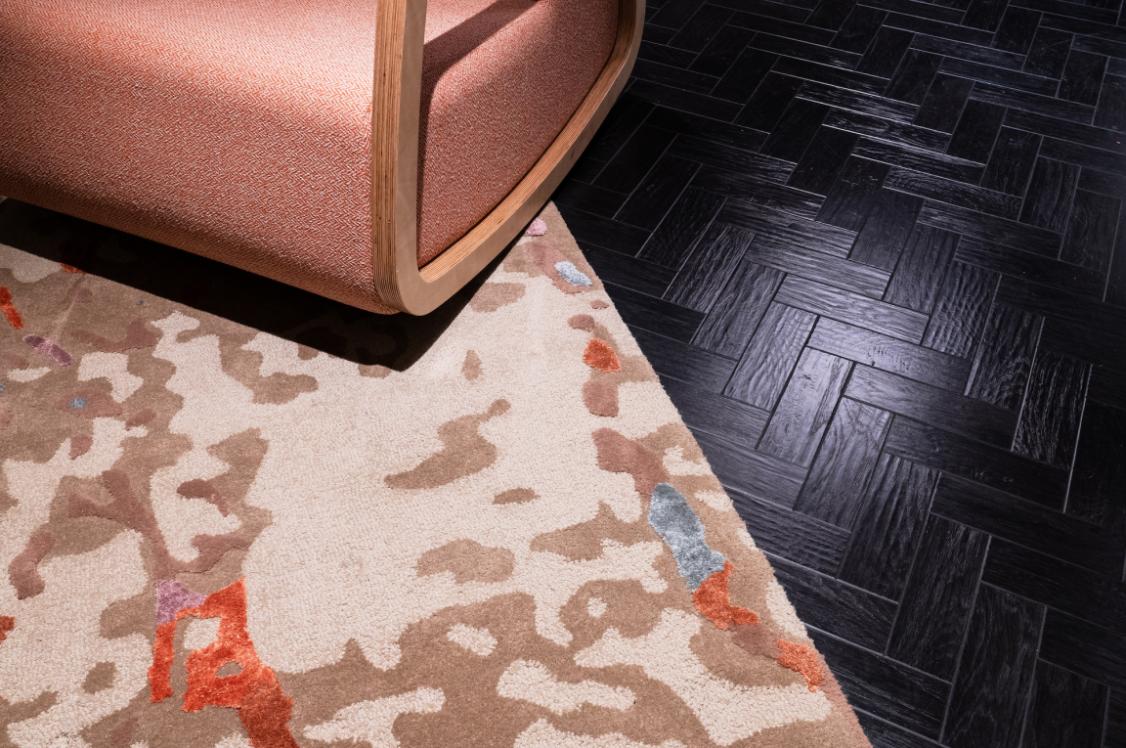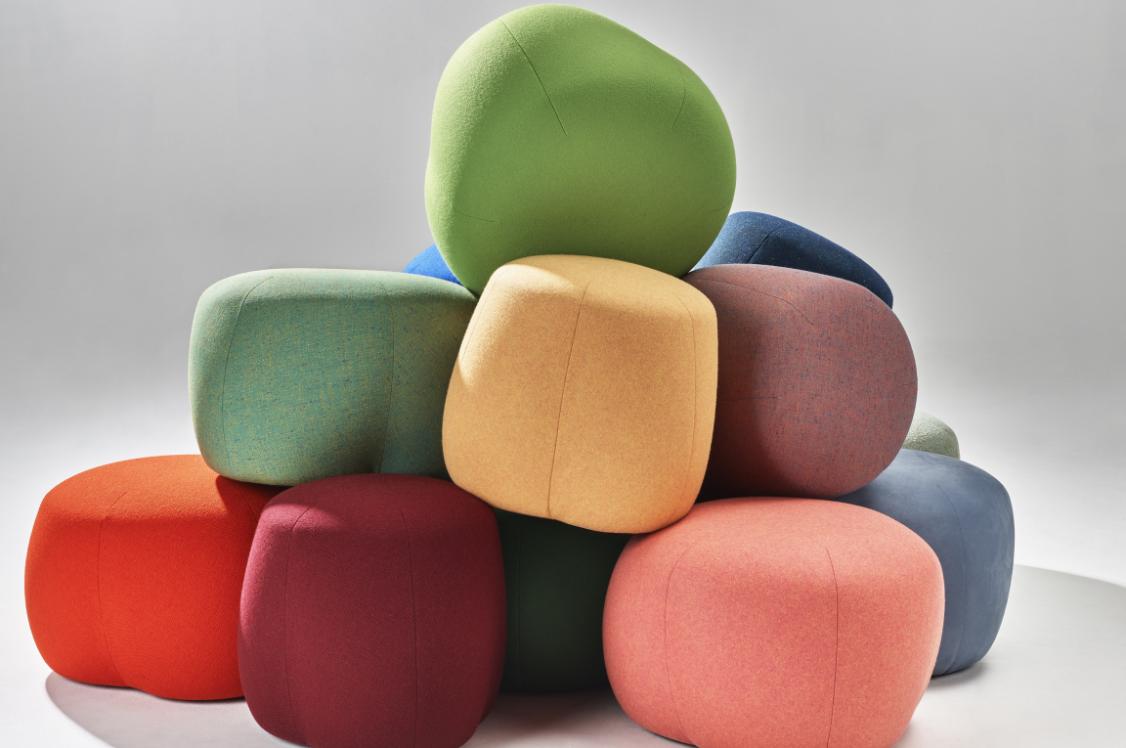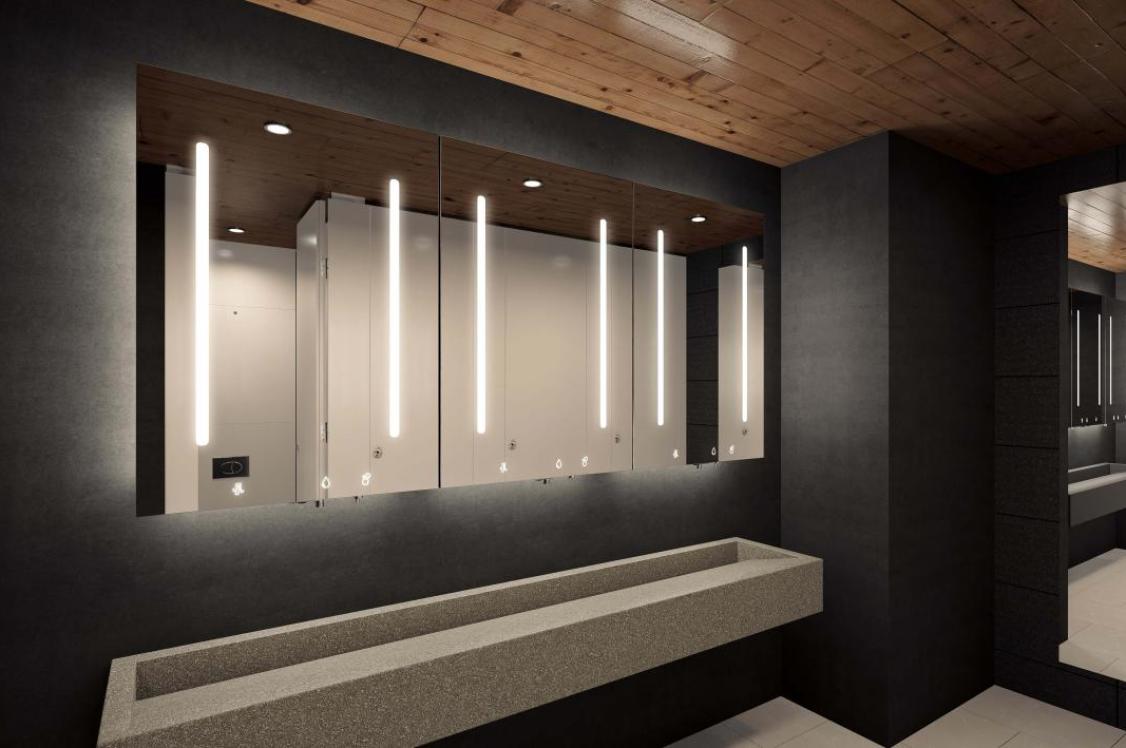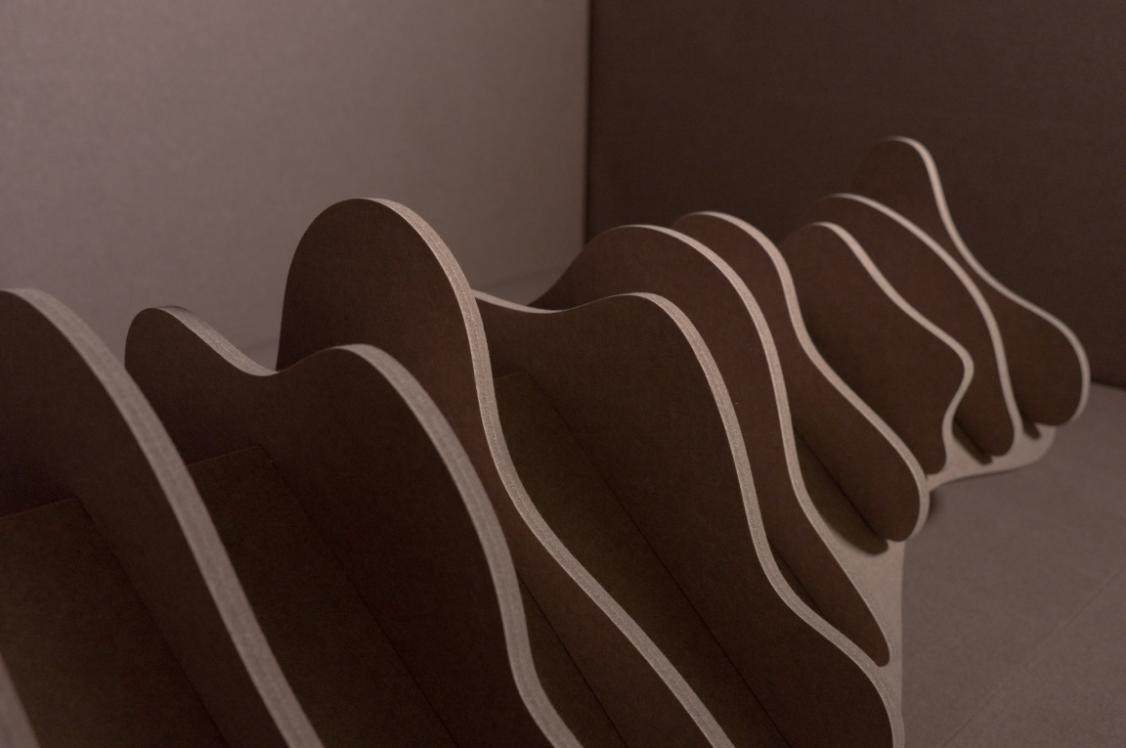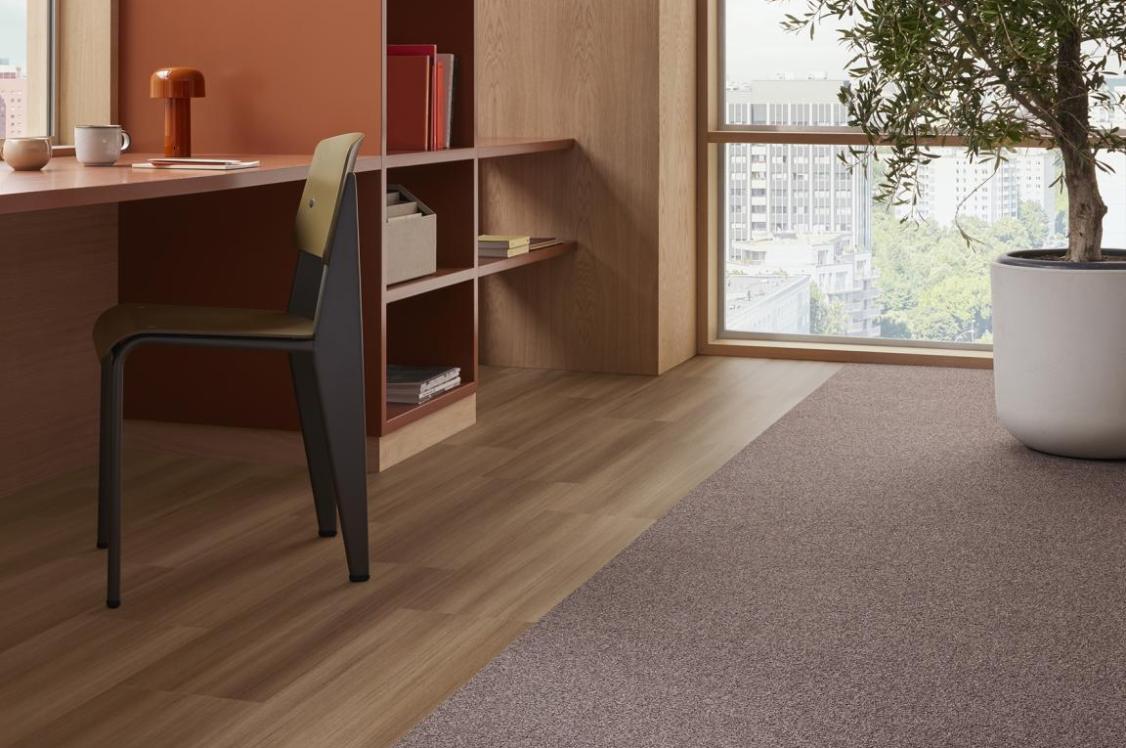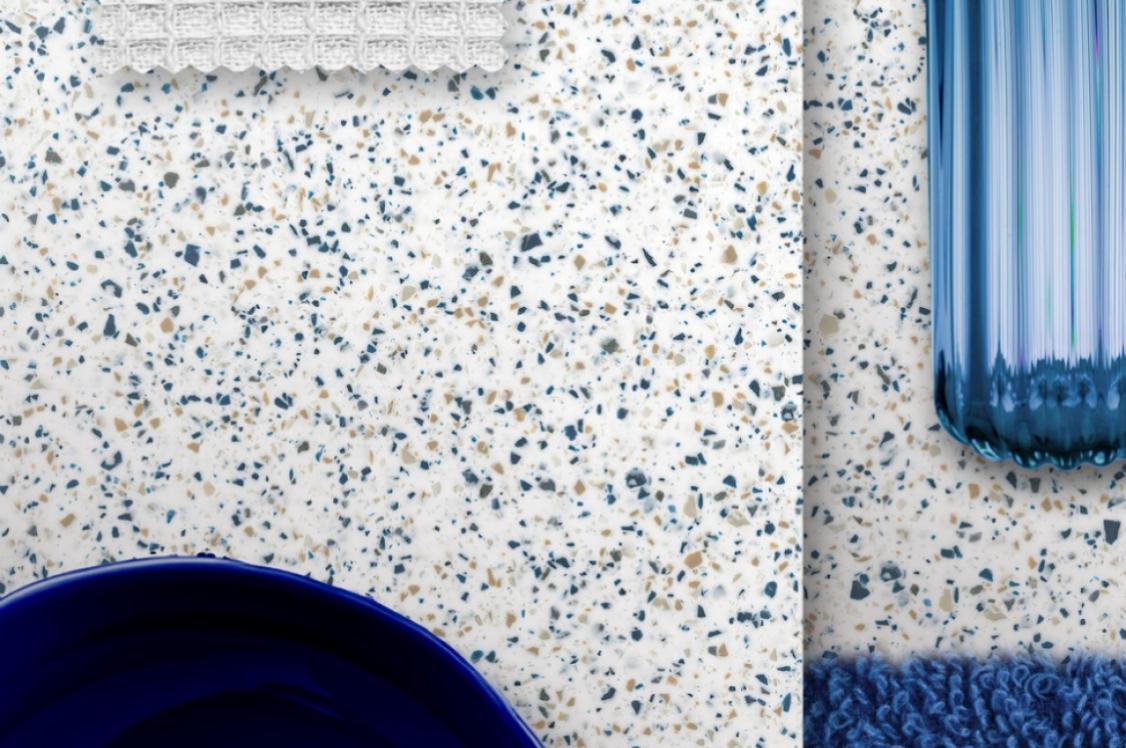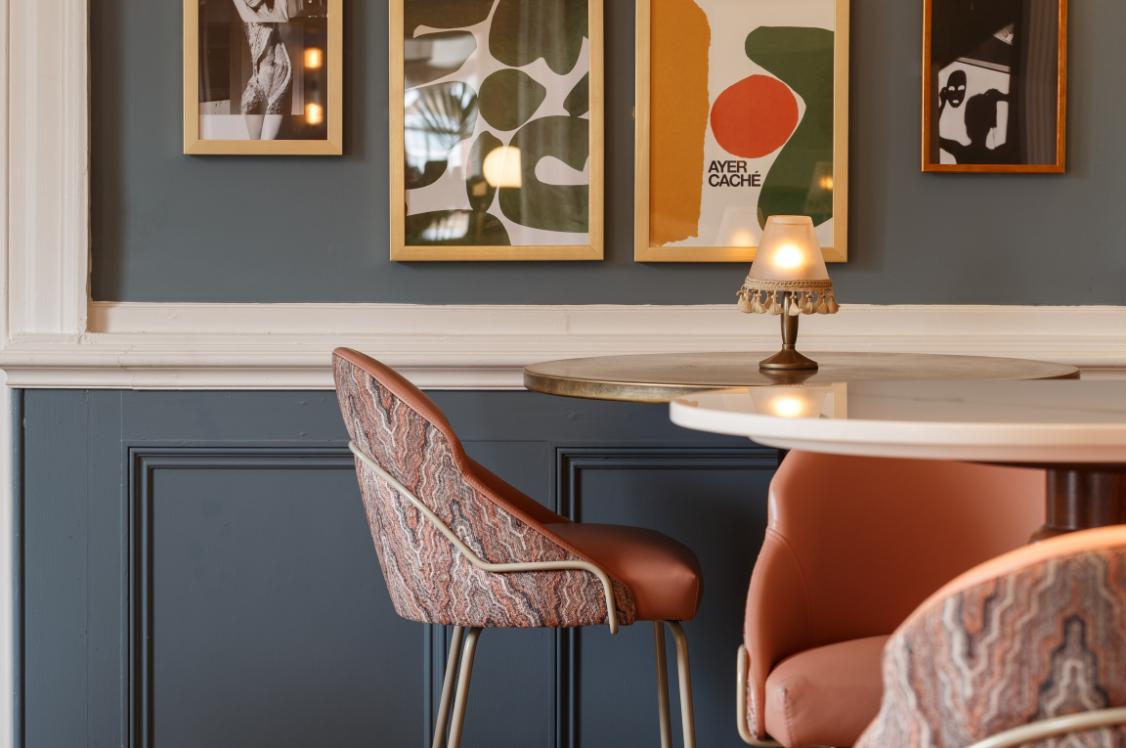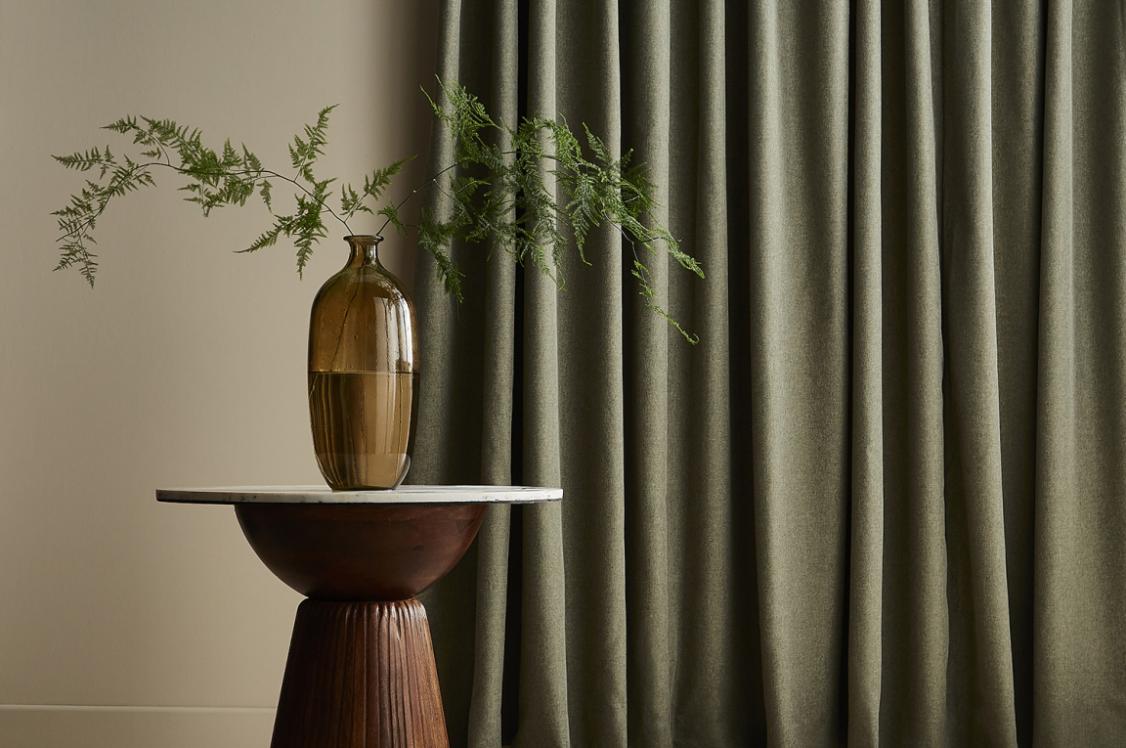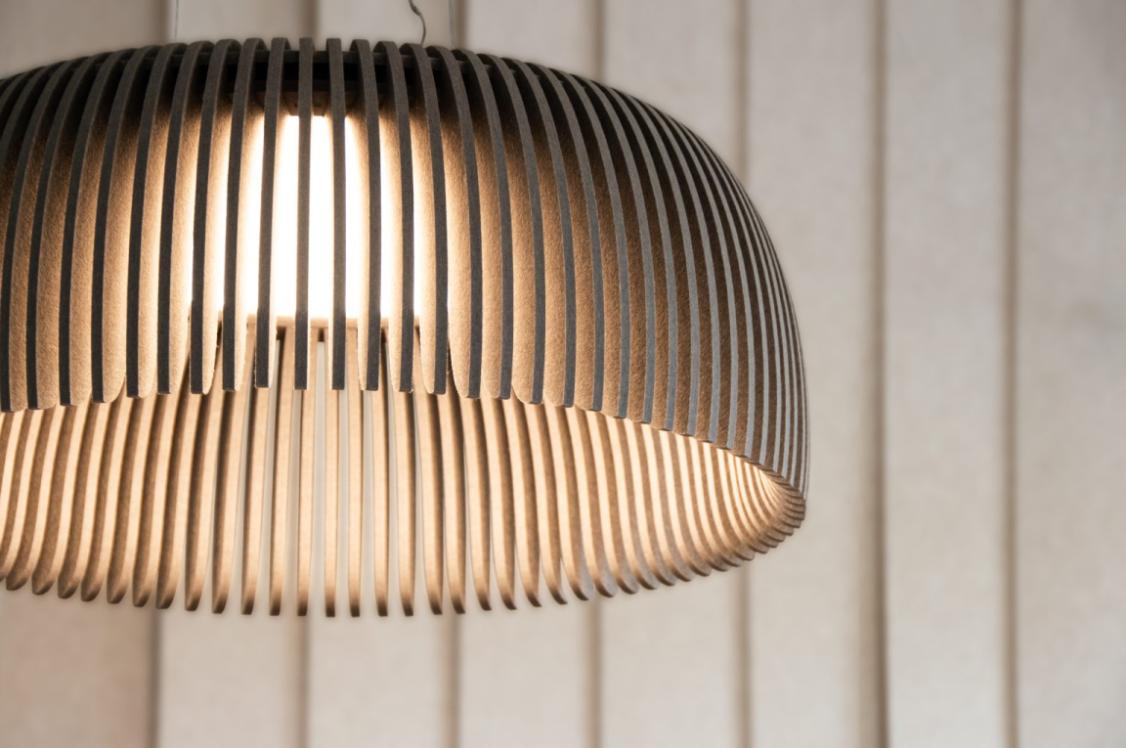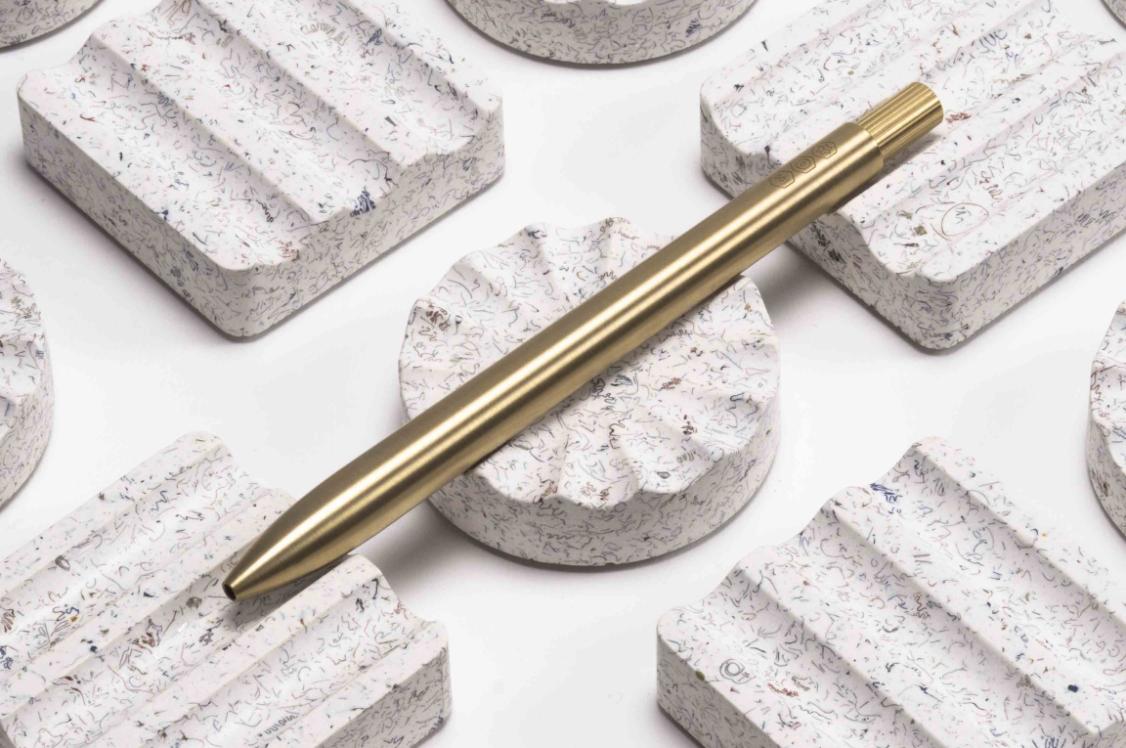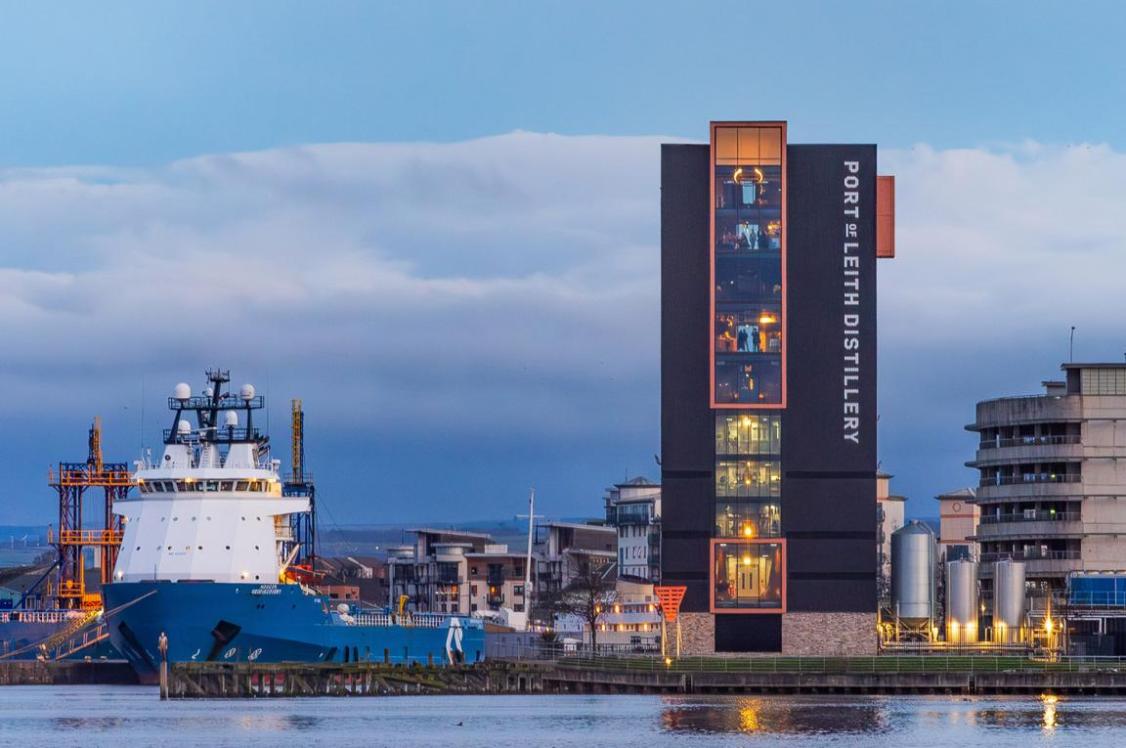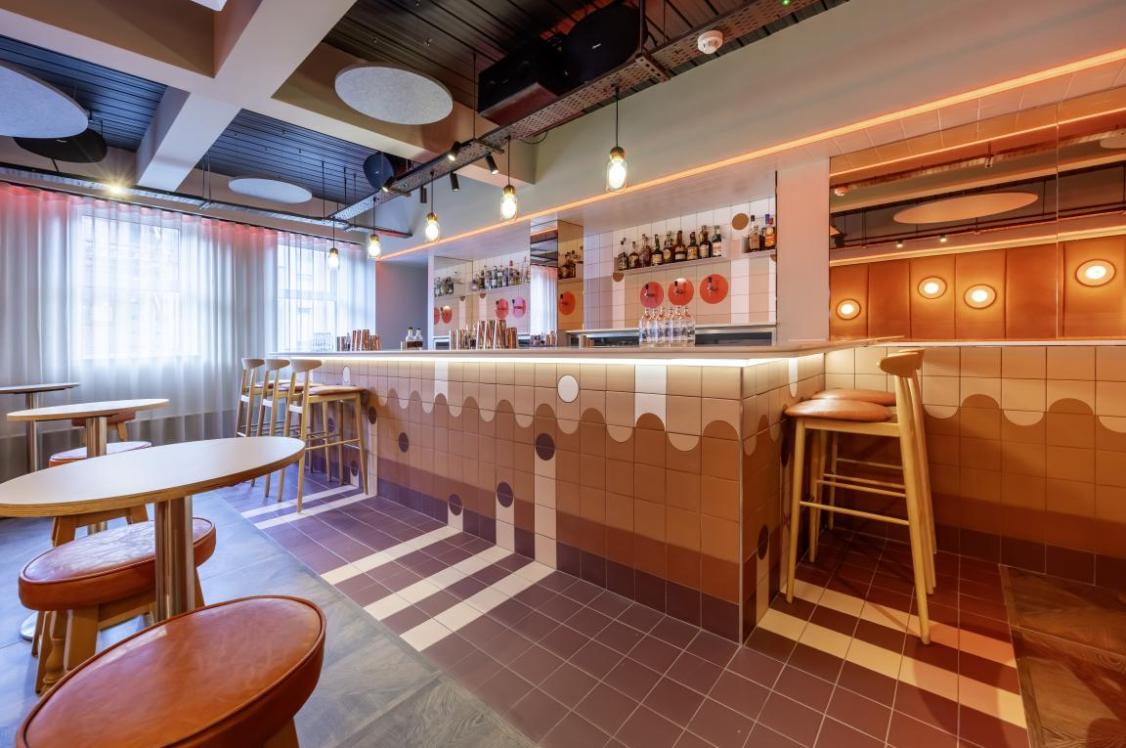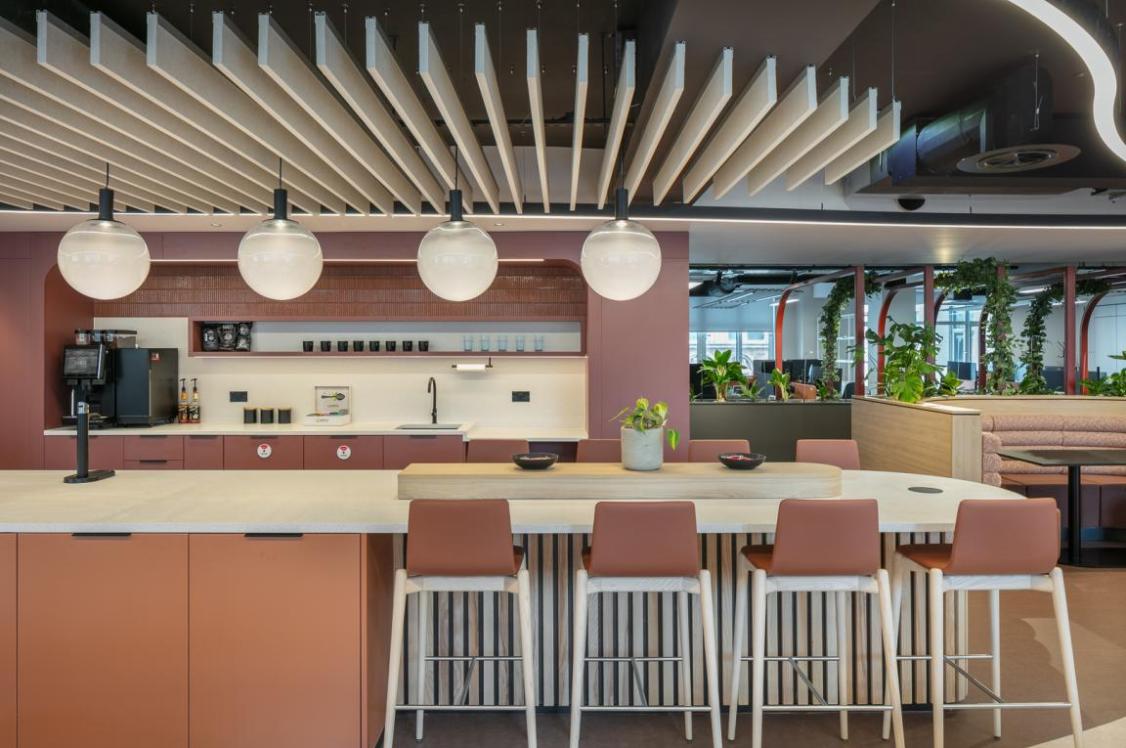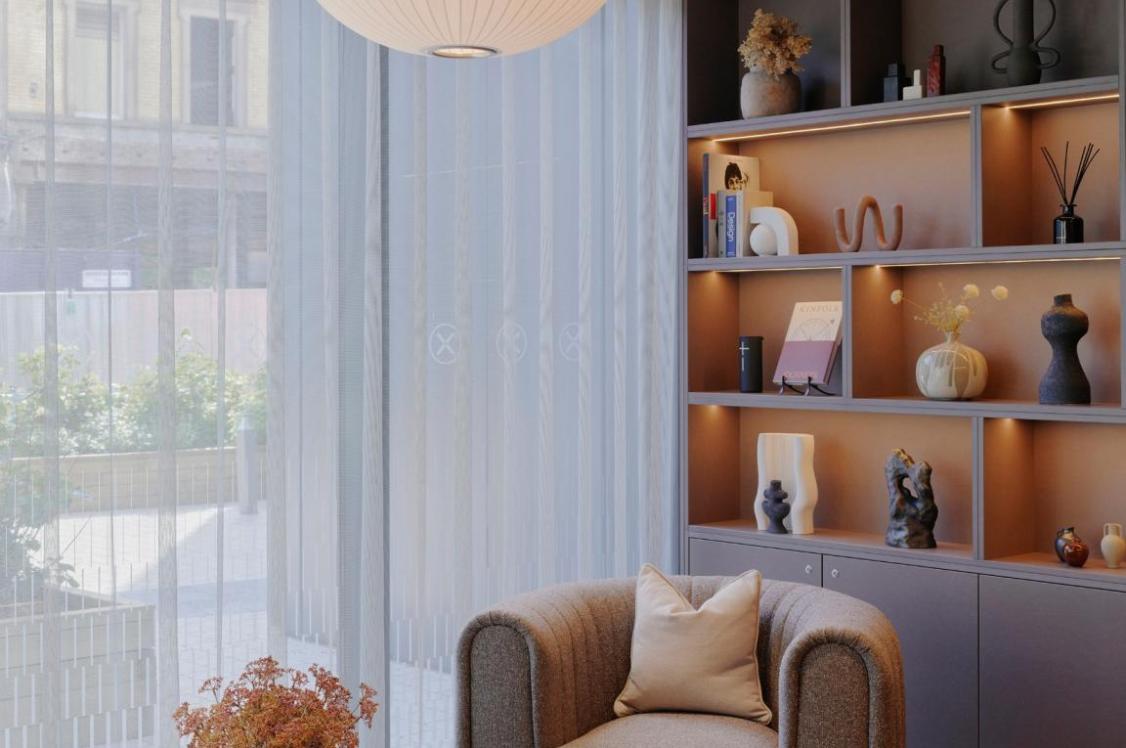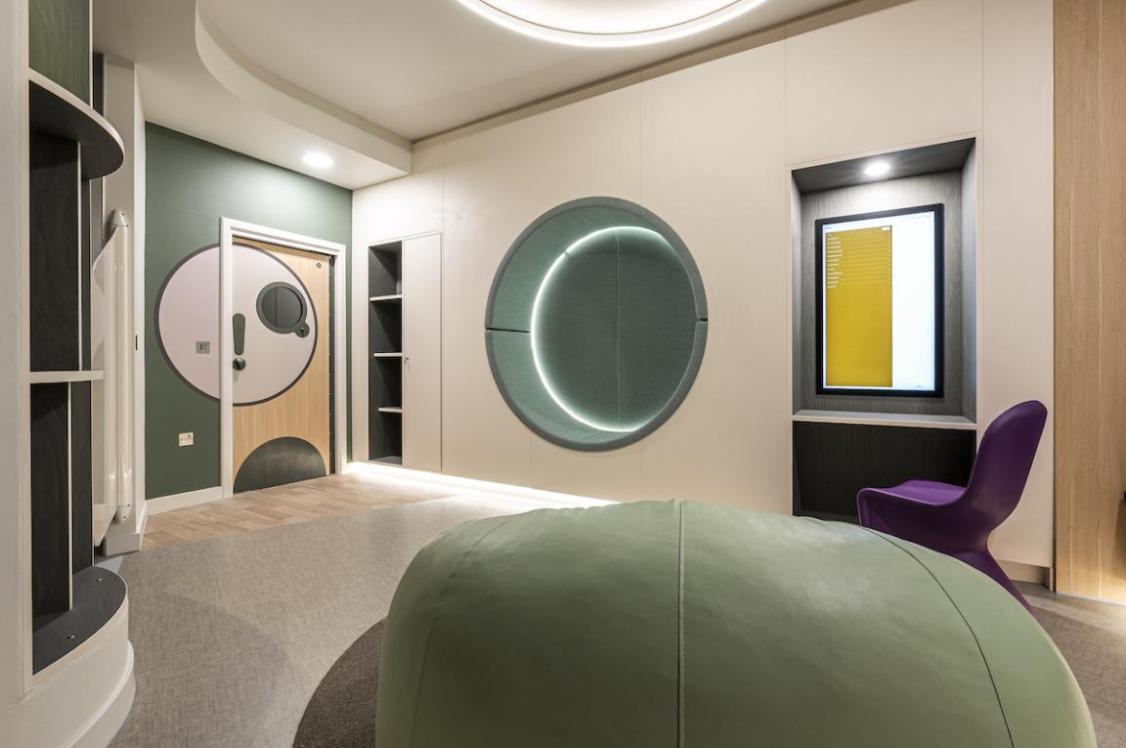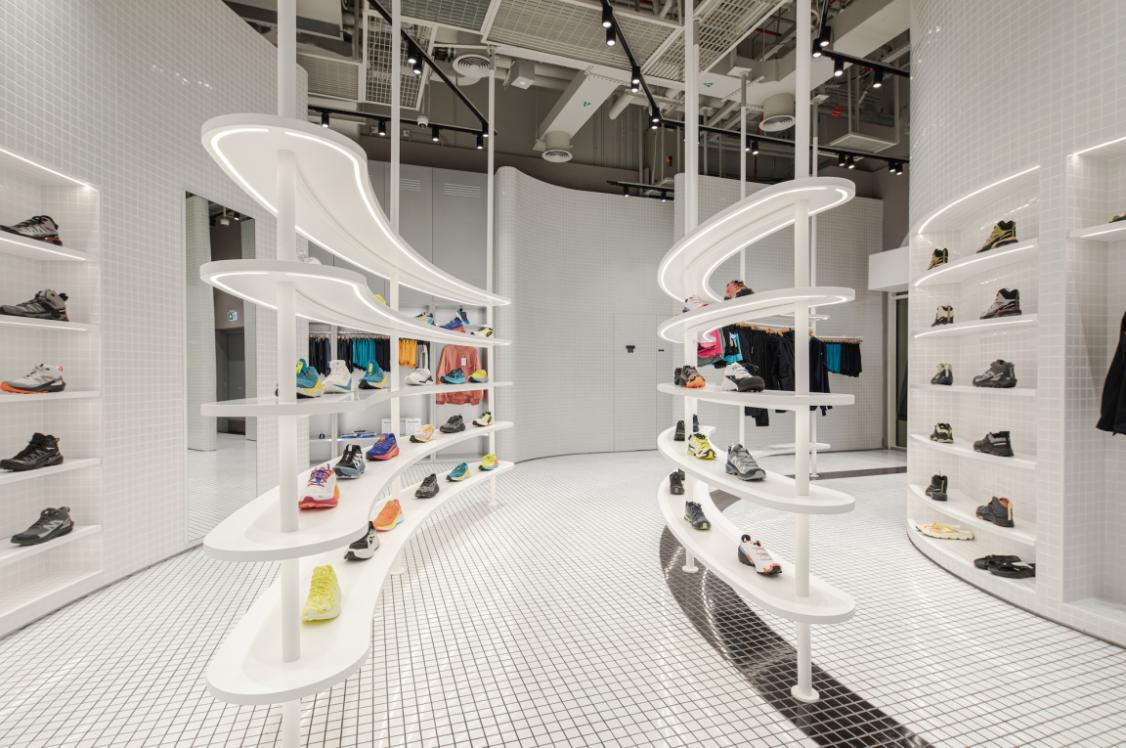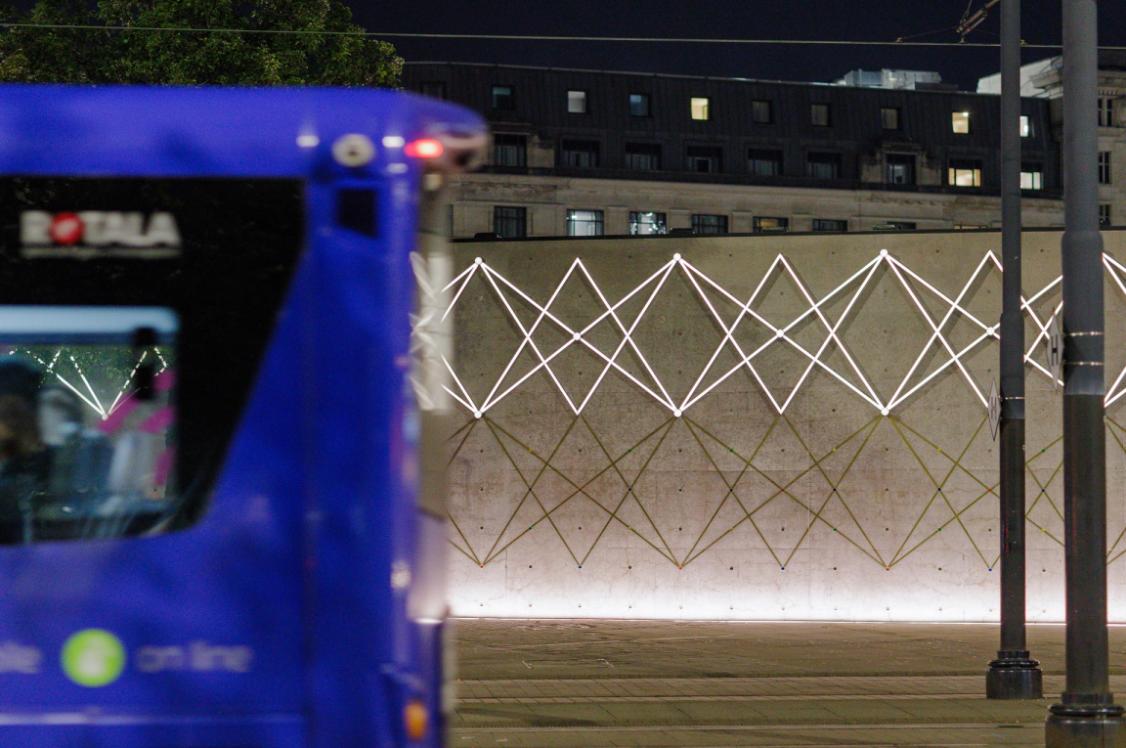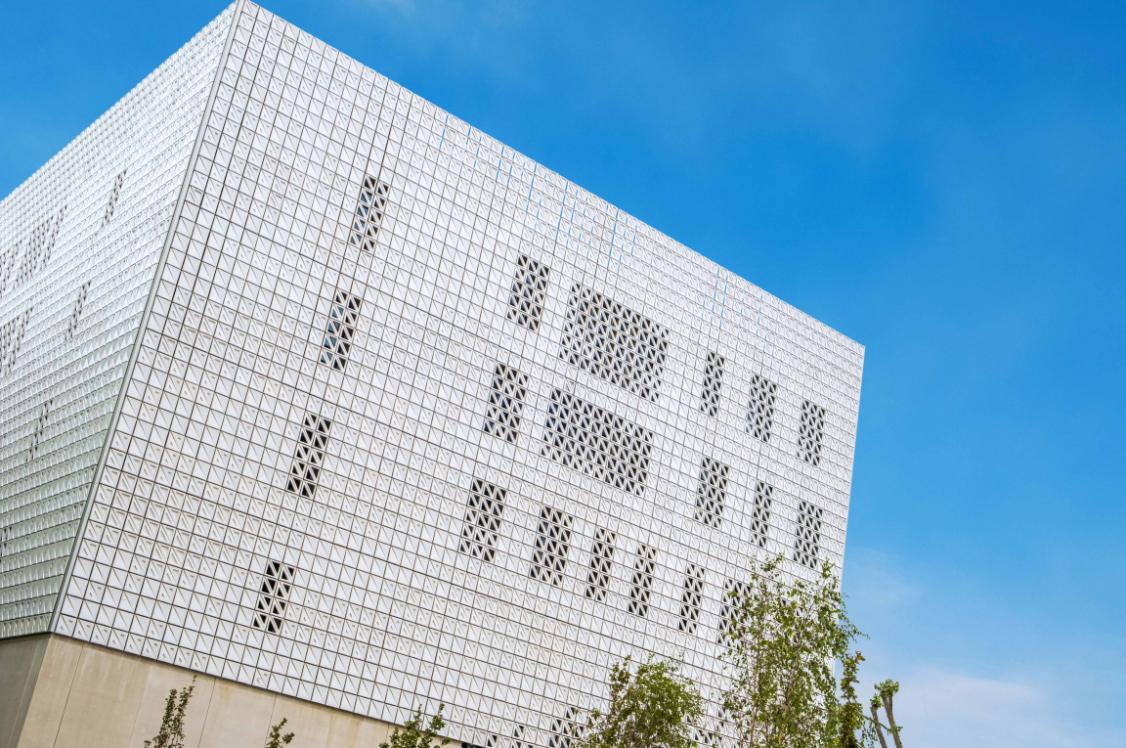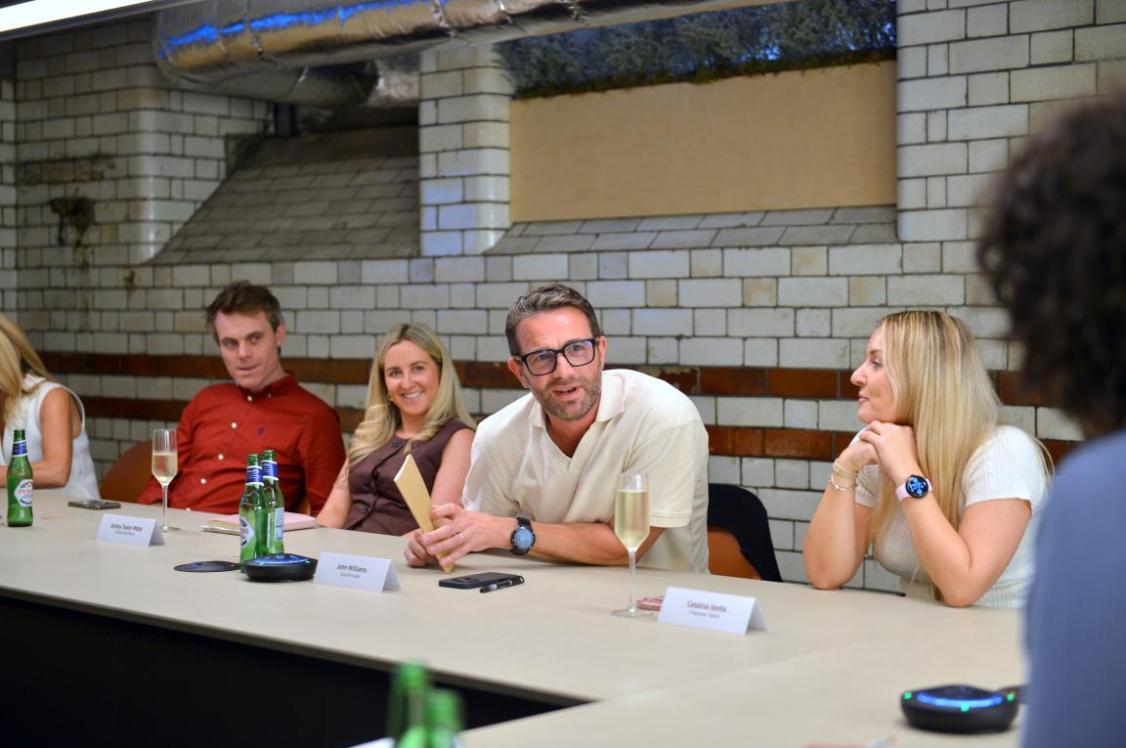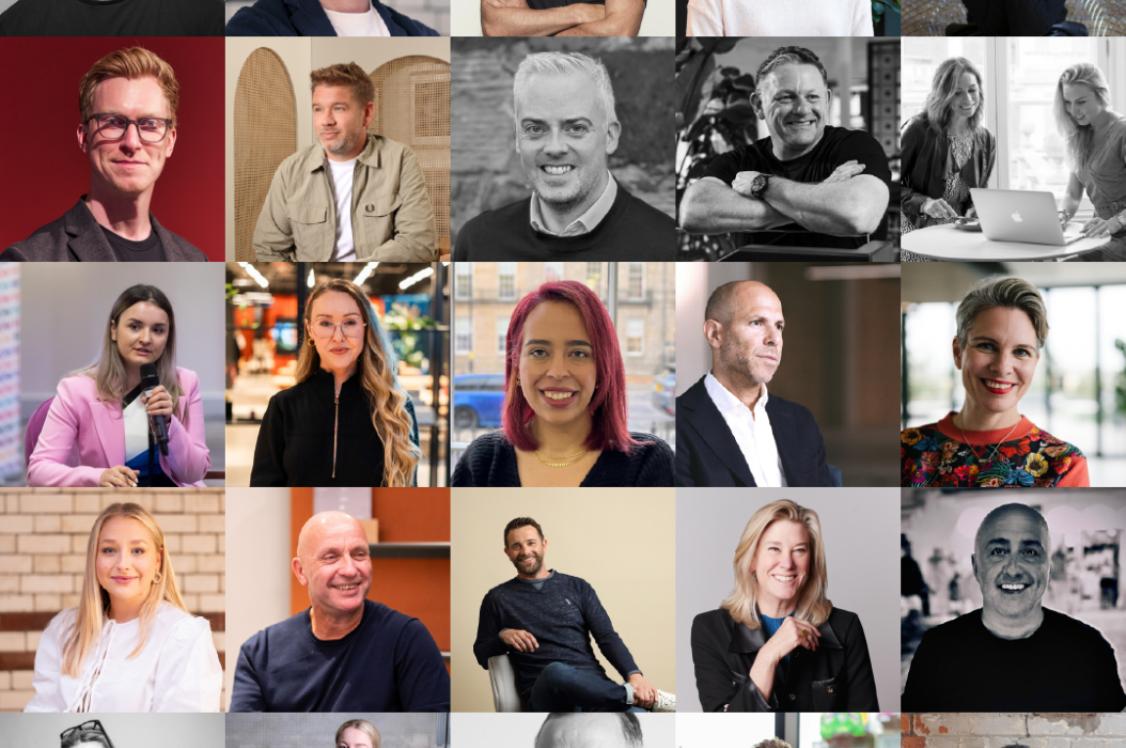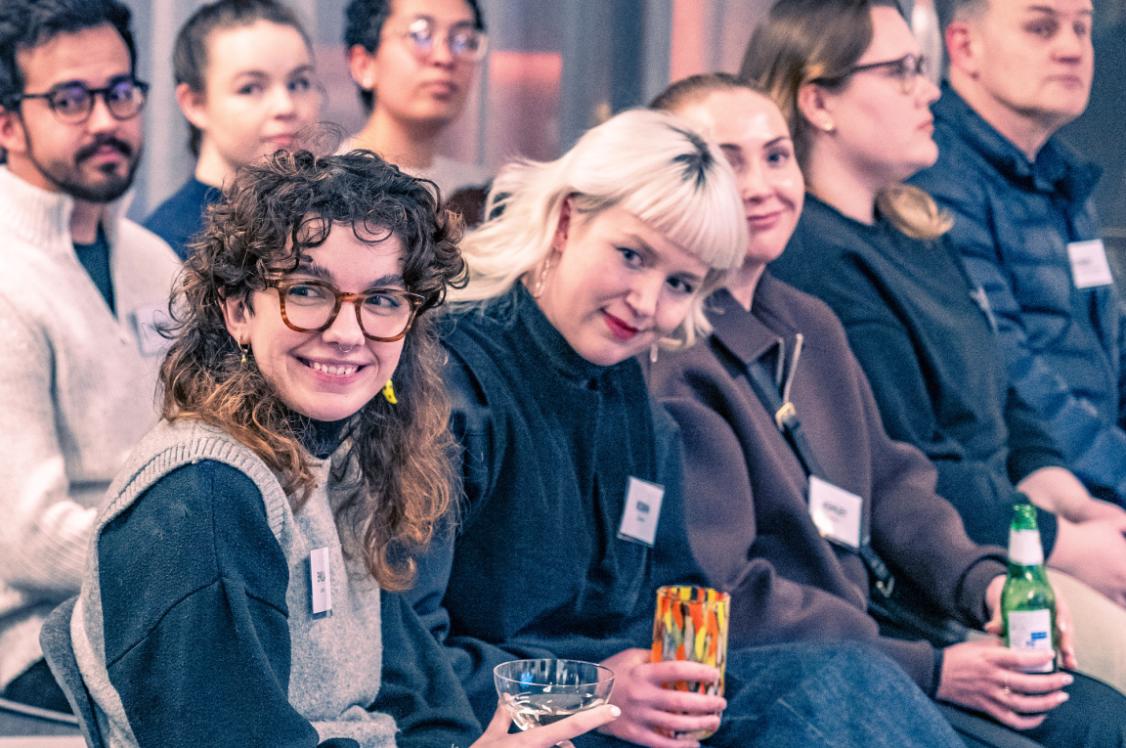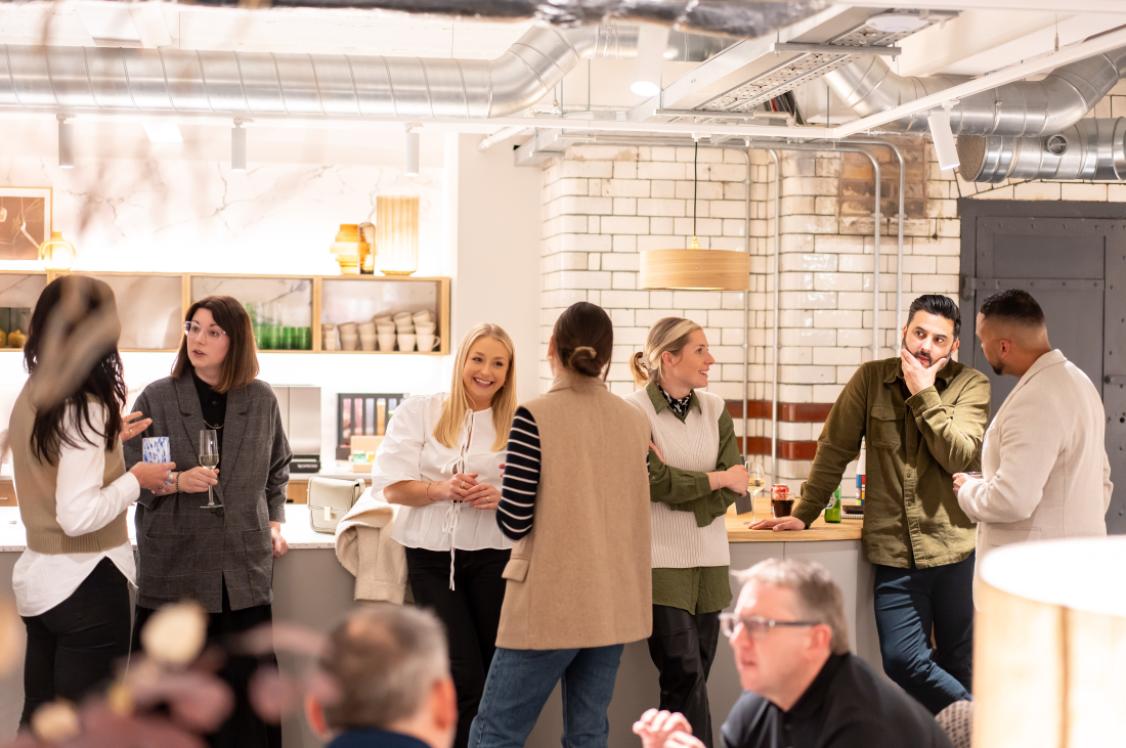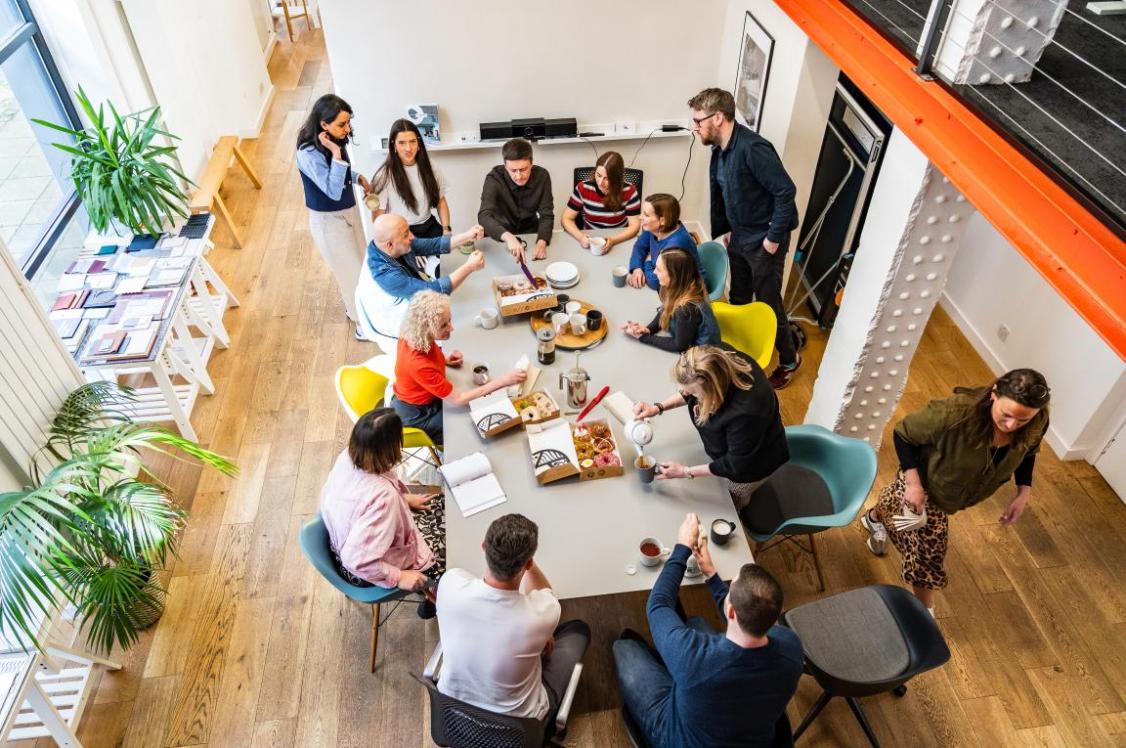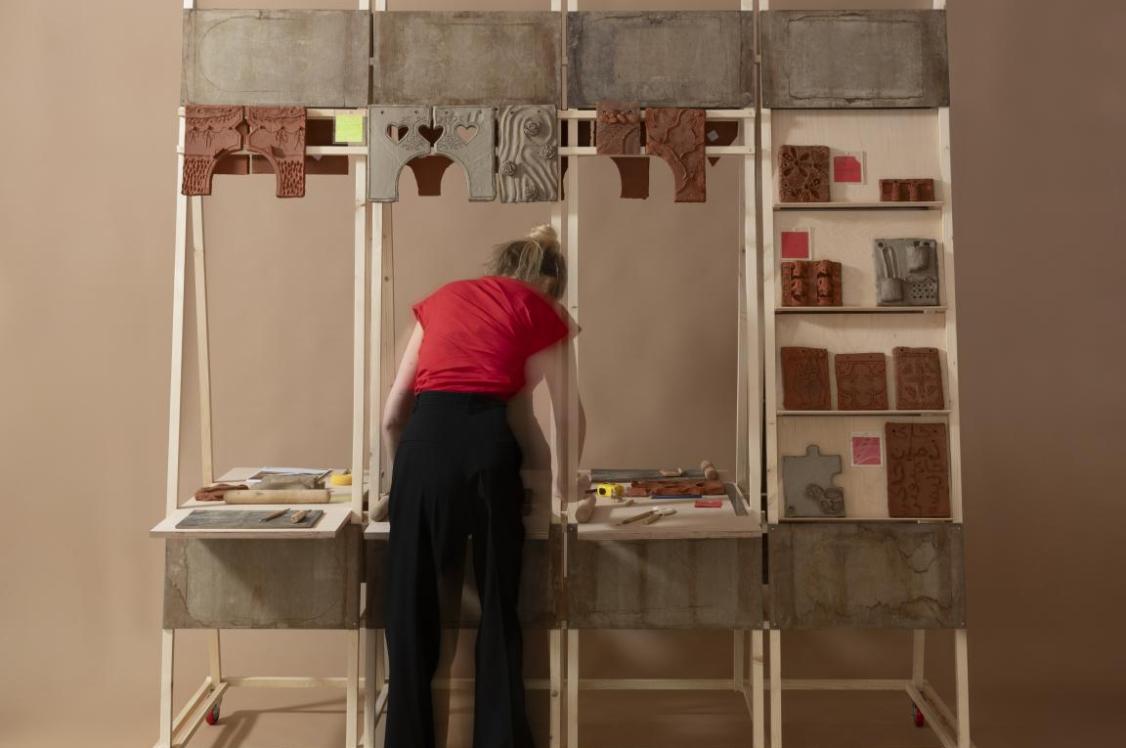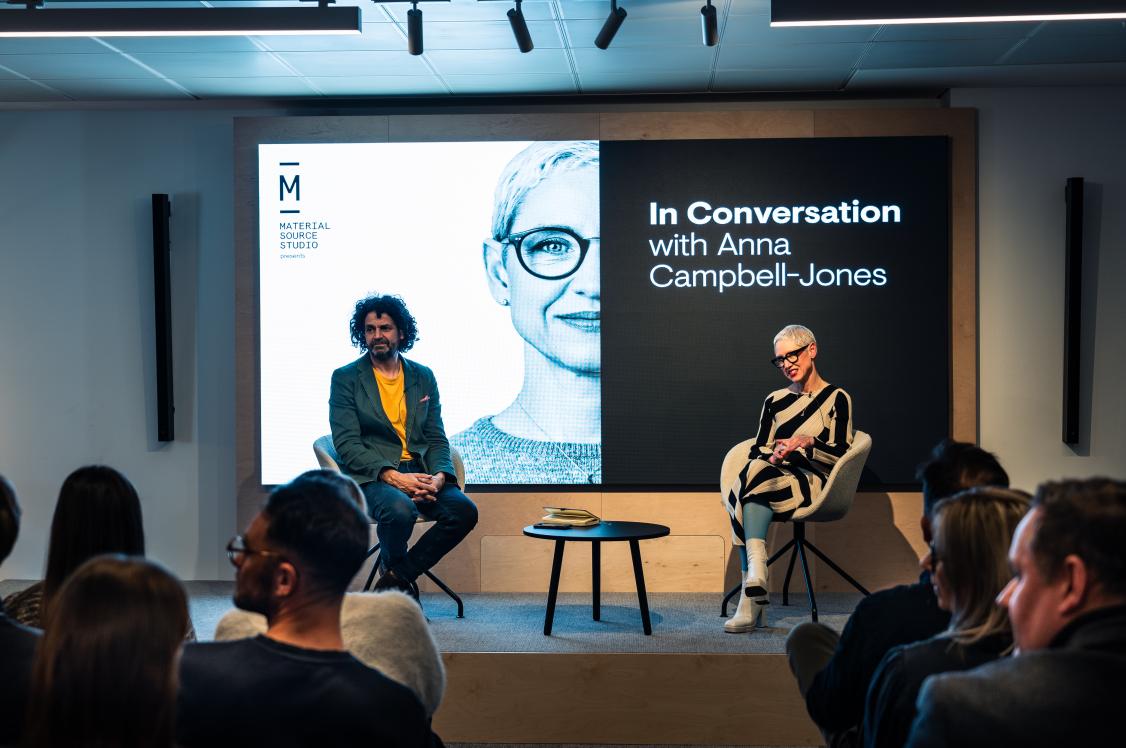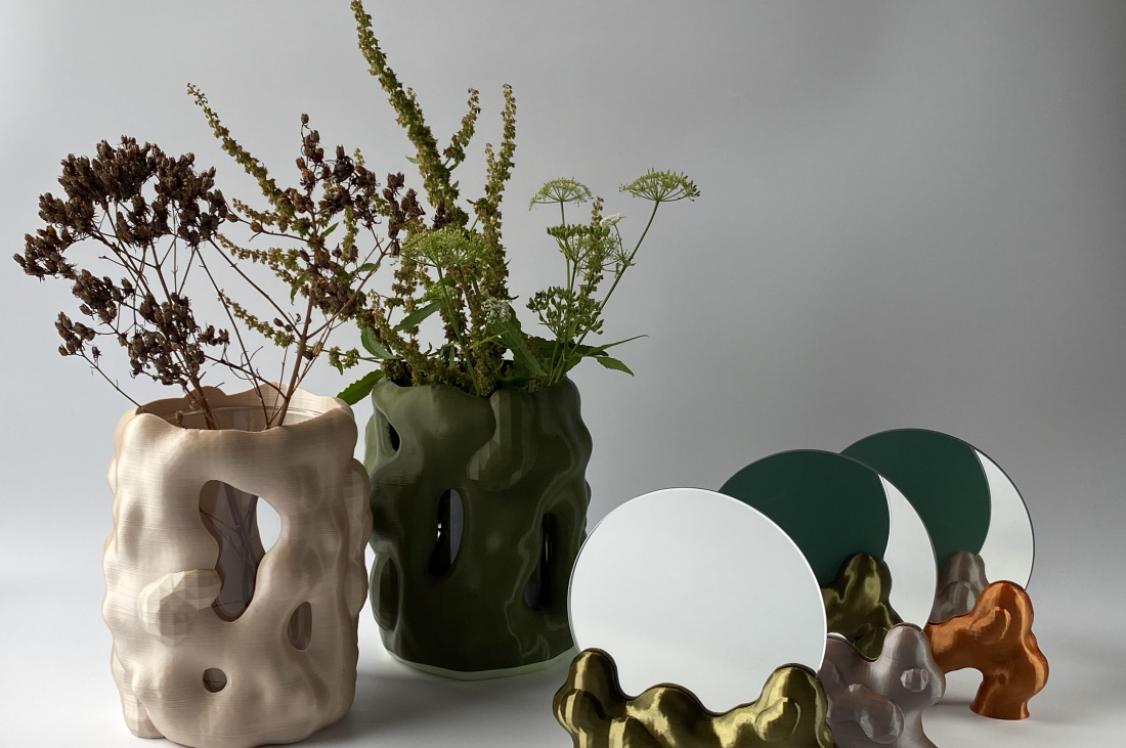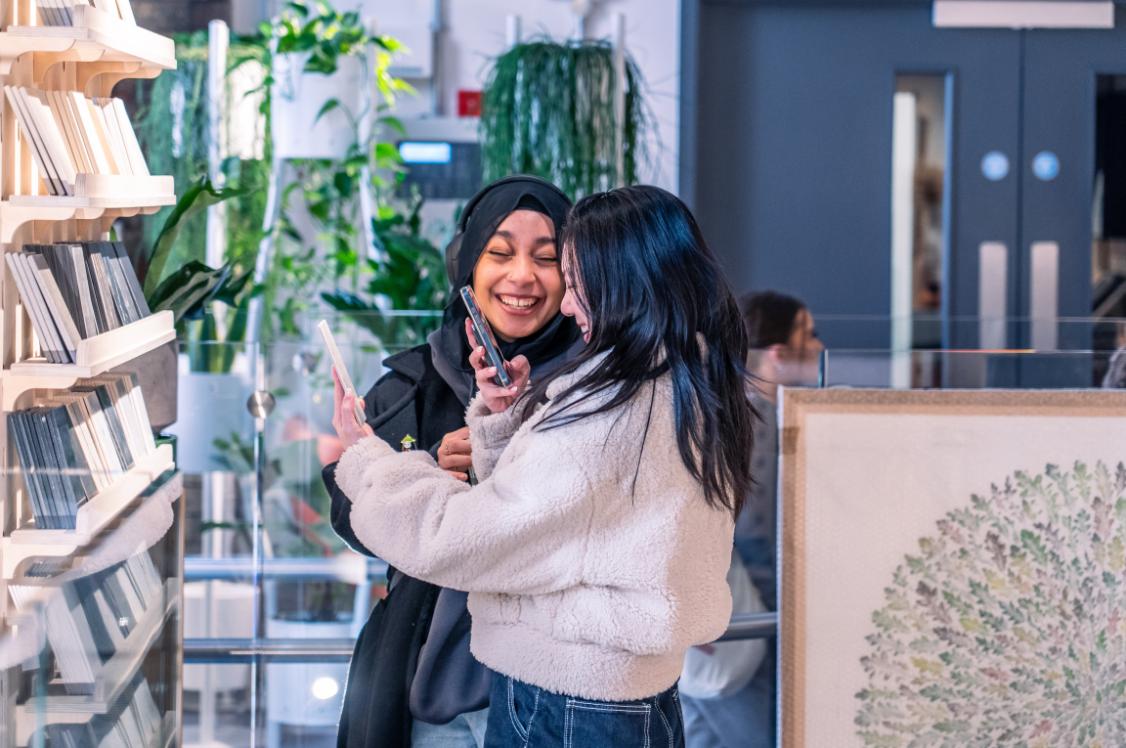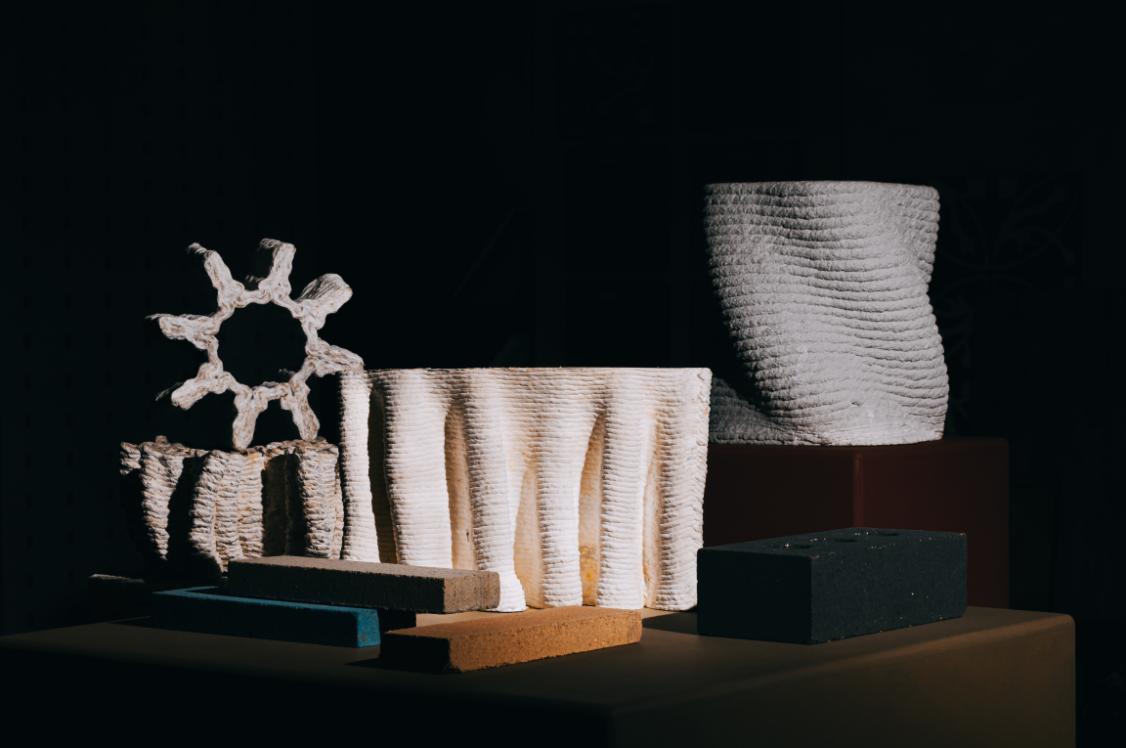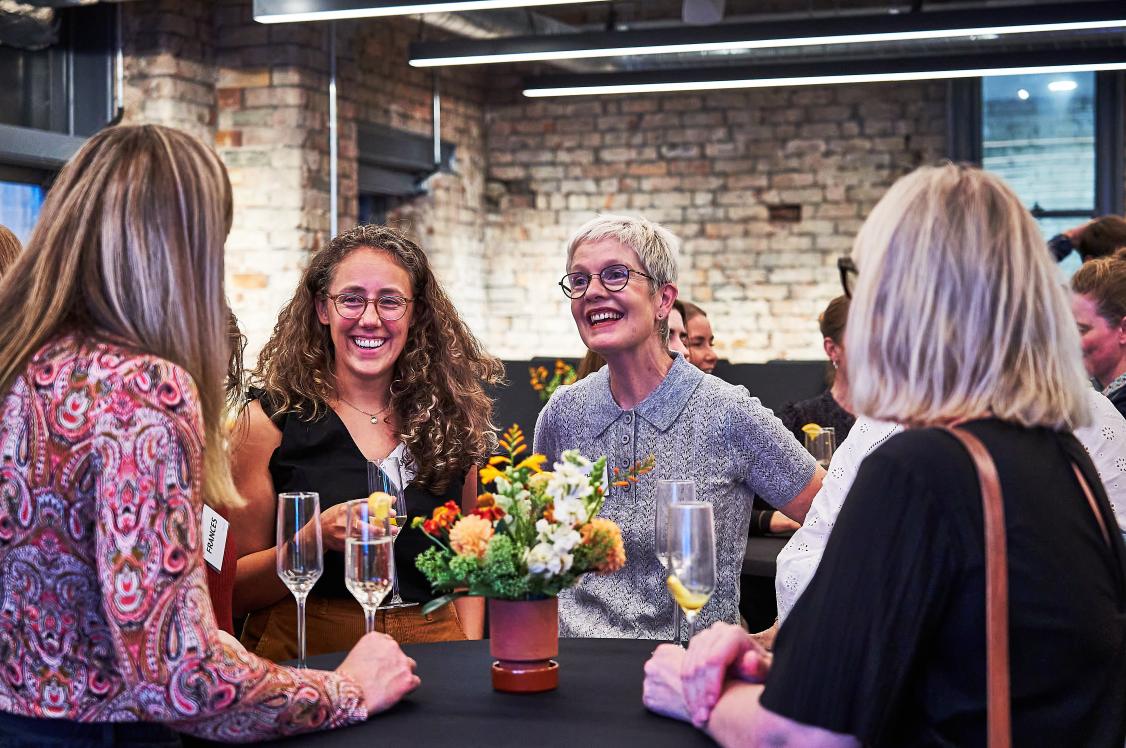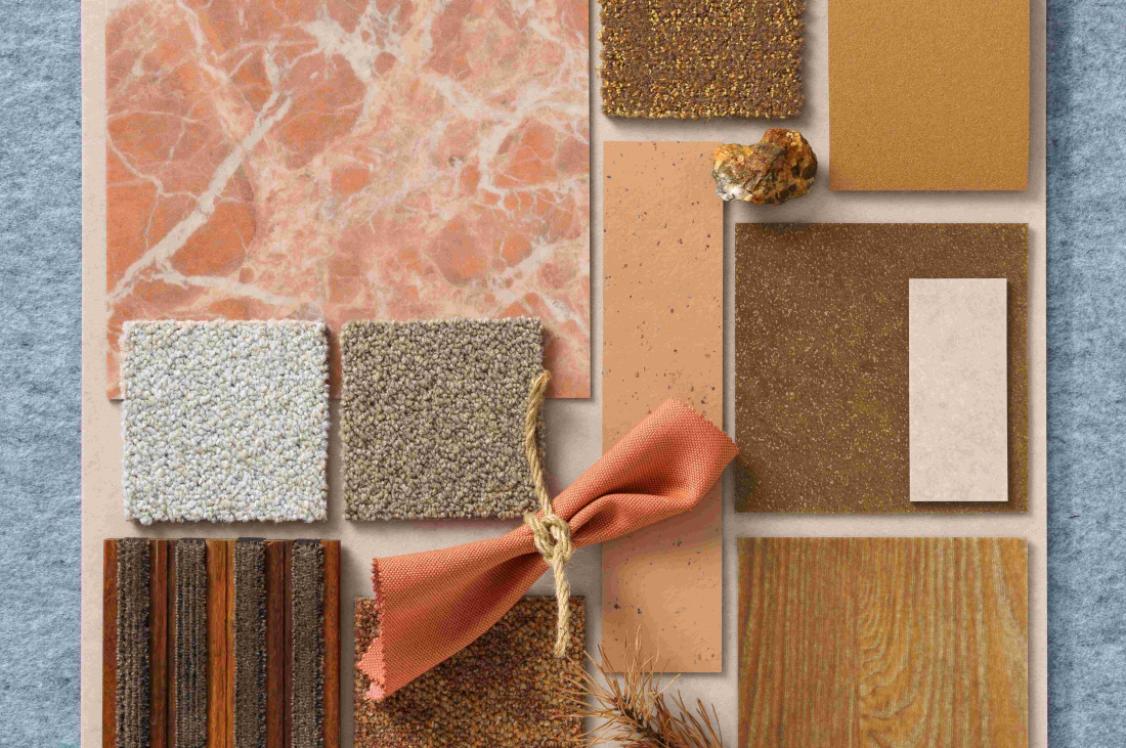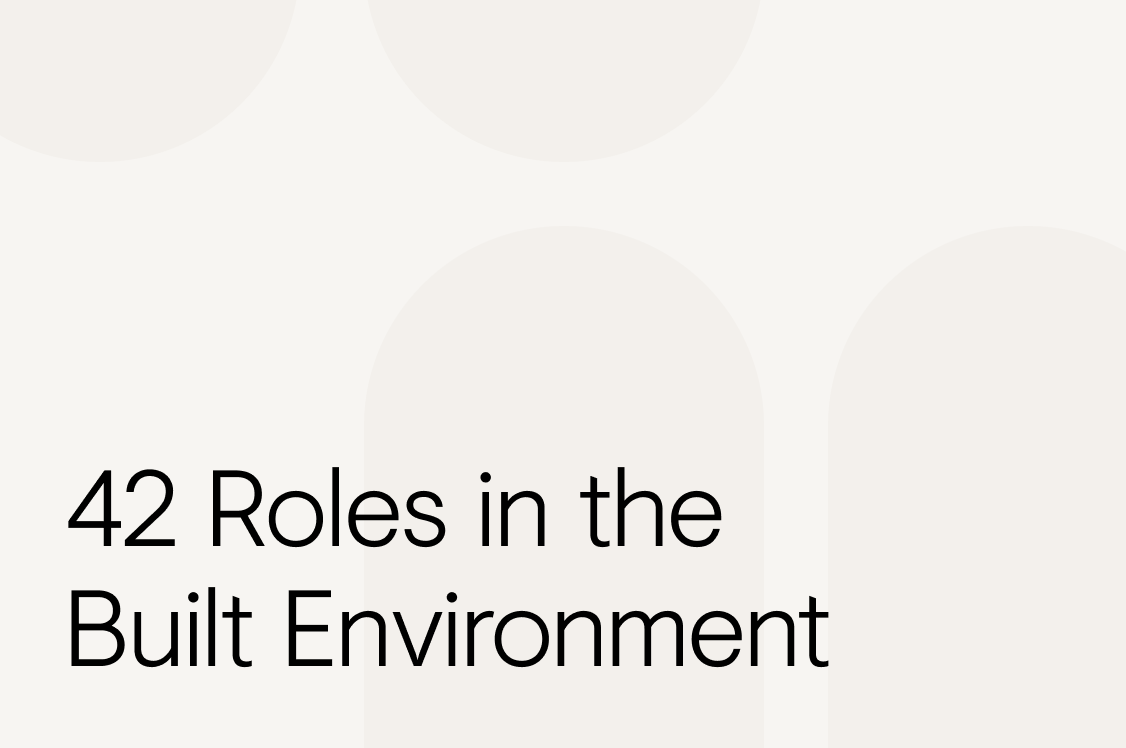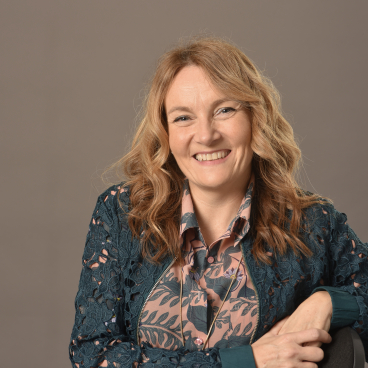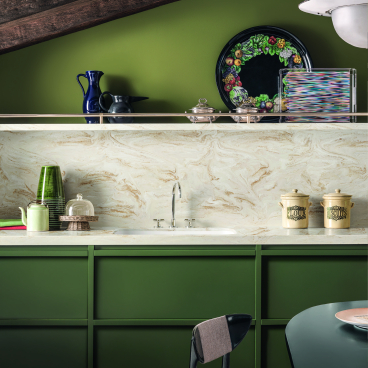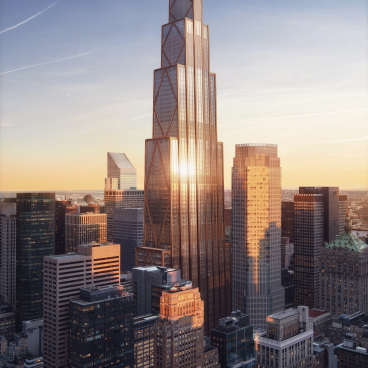Buildings that absorb noise pollution? The Bartlett School of Architecture is already on it.
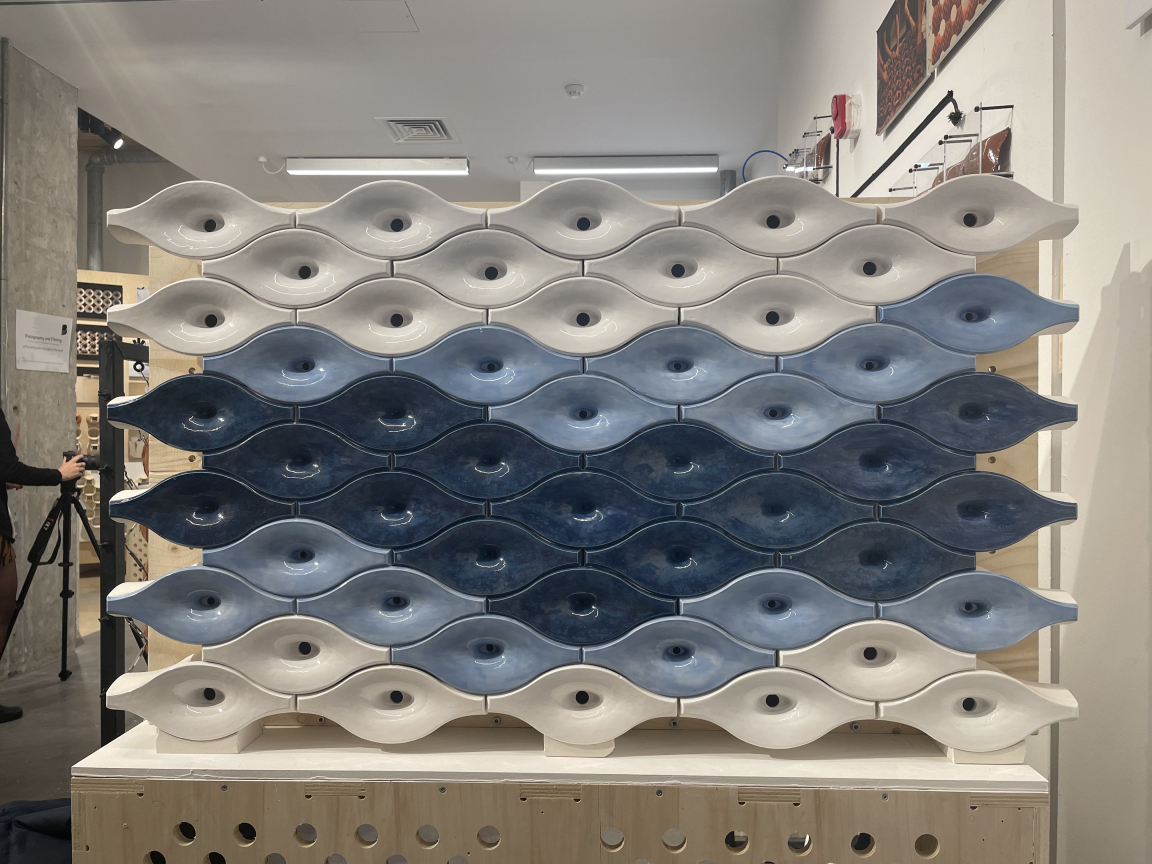
Have you ever wondered how the commotion of constant traffic, trains thundering on the underground and the persistent buzz of an active inner-city impacts on your hearing?
There is a growing awareness of the importance of implementing healthy acoustic solutions within interior schemes now across most sectors. However, little commercial consideration is yet to be advocated to improving external urban acoustics for city dwellers.
The effects of noise pollution are far less reported on in comparison to environmental concerns like air pollution, but now urban noise pollution has been highlighted as a high ranking environmental threat. Reported by the UN to significantly impair human health and wellbeing, these un-wanted and high-intensity sounds from the metropolis can be significant physiological stressors.
Breaking ground at grassroots level on this environmental issue is the Bartlett School of Architecture - currently ranking number one in the world for architecture - it is renowned for producing world-class innovators of the built environment. On catching snippets of the Bartlett Fifteen Show on social media – the school’s celebration of some of their Masters offered courses; Design for Manufacture, Design for Performance and Interaction and Situated Practice - we were brimming with curiosity about the young inventors behind an urban noise pollution absorbing façade, Yao Zheng and Jiade Wang.
To kick start our conversation with Yao and Jiade, we chatted to the supervisor of this year’s project on architectural ceramics, Arthur Prior. Arthur has held research positions within digital manufacturing and robotics since 2013. His generous overview of the Design for Manufacture course informed us of the reasoning behind this years’ focus on architectural ceramics and why we need to position the United Nations’ 17 Sustainable Development Goals at the forefront of architectural design thinking.

Arthur Prior
Can you tell us a bit about the Design for Manufacture course at the Bartlett School of Architecture?
“How can knowledge of manufacturing, digital design tools, and materials be applied in the built environment? This is the question that underpins the programme.
“Digitisation adoption in the construction industry is painfully sluggish, resulting in low levels of productivity and sustainability. The relatively advanced knowledge and experience we have in the manufacturing sector is rarely applied to the design of our built environment.
“Students apply to study on the programme because they want to get hands-on with materials and manufacturing, which profoundly improves their design capabilities; it is a cyclical process. Our students have backgrounds in architecture, materials science, civil engineering, manufacturing and art. They approach the programme in ways that suit their particular interests; we promote a research-driven approach to design.
“We are based at UCL's large East London manufacturing research facility, founded by The Bartlett Faculty of the Built Environment and the Faculty of Engineering Science. The programme takes place in cutting-edge workshops and laboratories where ground-breaking research in architecture, robotics, infrastructure, transportation, healthcare and environmental measurement is taking place. It’s an exciting place to work.”
Why was architectural ceramics chosen as this year’s point of focus for the graduating cohort on Design for Manufacture?
“As one of the most abundant and naturally occurring materials on the planet, ceramics are attracting renewed interest in meeting current social, economic, and environmental challenges.
“Recent advancements in engineering, computational design, and digital manufacturing have created new opportunities for innovation - leading to the re-emergence of ceramics as a versatile, sustainable and culturally inspiring material in architecture.
“The programme kicked off this year with a visit to Darwen Terracotta in Blackburn, the leading manufacturer of architectural terracotta in the UK. Its founder, Jon Wilson is an extraordinary person, generously sharing everything involved in their production process. Our students went on to work with slip casting, additive manufacturing and a range of other ceramic forming methods.”
How might you suggest our designers of tomorrow implement the 17 United Nations Sustainable Development Goals into their own future practice?
“The United Nations 17 Sustainable Development Goals (SDG) provide a spectrum of interconnected goals that - when broken down into their Targets, Events, Publications, and Actions - provide a framework for directing our efforts as designers toward addressing the contemporary challenges we face.
“This requires us to step outside of our comfort zone and deeply understand the materials and manufacturing methods we are using in the built environment. There are enormous opportunities for innovation for anyone who is currently a student or soon will be a practising architect or designer. The key is to identify a problem that resonates with you.
“Yao and Jiade's project is a fantastic example. A report published by the World Health Organisation (WHO) in March 2011 identified environmental noise as the second largest environmental health risk in Western Europe. With increasing building density and ground traffic noise in cities, urban acoustics have become a massive and complex problem.
“Their project proposed an extremely interesting ceramic façade design strategy that absorbs low-frequency sound using Helmholtz resonators. This work directly addressed at least two SDGs: 11: Sustainable Cities and Communities and 3: Health and Wellbeing.”
Now homing in on their innovative project, Yao and Jiade delve into all that is behind their sound absorbing ceramic façade…

Yao Zheng

Jiade Wang
Firstly, can you give us a summary of the project you have been working on as part of your graduate body of work?
“The aim of our project was to develop the traditional ceramic slip-casting process in combination with the Helmholtz resonator principle to give the building façade a specific acoustic function.
“The result of the construction is an exterior façade consisting of three ceramic resonator units of different frequencies, which can be combined and arranged in different acoustic environments according to the needs of the target object.
“The project is set at a height close to the pedestrian's ear (receiver height). The maximum height is within 3 metres and the length varies depending on the position and movement of the sound source and receiver.”
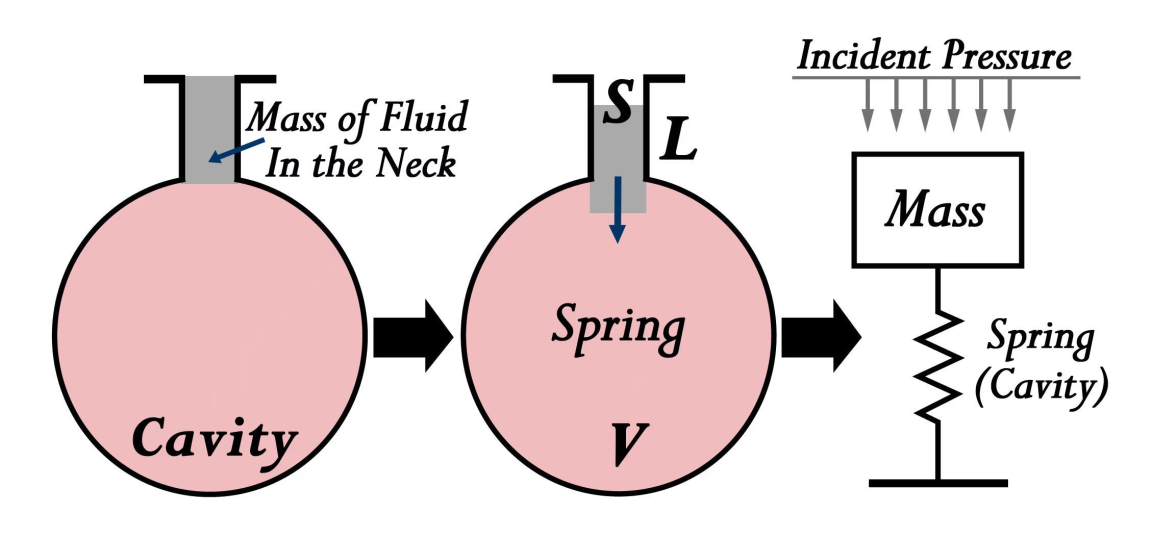
Figure 1
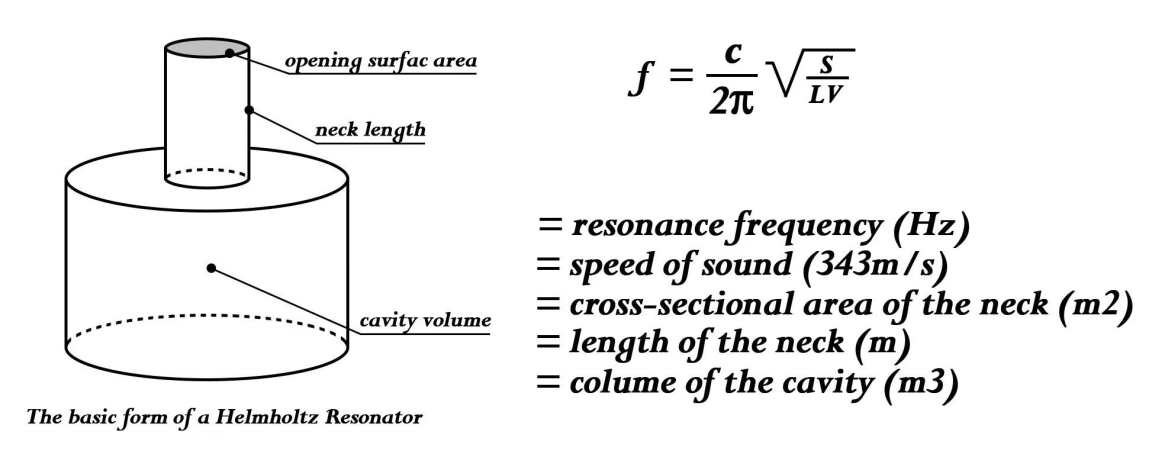
Figure 2
For those of us that don’t know, could you please tell us what a Helmholtz resonator is and how it is key to the project?
“The Helmholtz resonator is composed of two elements: a large volume cavity containing air inside and a relatively slender neck that can be connected to the external air.
“The principle of the Helmholtz resonator is that when sound waves of a certain frequency create a pressure that pushes the air in the neck toward the cavity, the air pressure in the internal cavity increases and subsequently pushes the air in the neck outward until it stops, as shown in figure 1. This process converts the sound energy of a specific frequency into kinetic energy to be consumed. A frequency calculation formula of Helmholtz is visualised in the figure 2.
“By adjusting the relationship between the elements, the resonator can have different intrinsic frequencies when being output. Our project focuses on the urban soundscape, on the different sources of sound in the urban environment, and wants to filter the sound to meet the auditory perception needs of the people in the area, so the processing for specific frequencies becomes the focus. The Helmholtz resonator principle is well suited to our objectives.”
What is considered ‘noise pollution’ in an urban environment and how does it impact on human physiological and psychological health and wellbeing?
“As city dwellers, we prefer to call ‘noise’ the sounds that disrupt conversation, thought, sleep and rest. Long-term exposure to urban ambient noise can negatively affect people’s health, including cognitive impairment and damage to the auditory system. For instance, people exposed to noise above 90 decibels can cause tinnitus and even deafness over a long period of time.
“In addition, some sounds that are not usual for the regional environment may become triggering factors for anxiety and depressive states, thus causing a certain degree of mental disorder psychologically, which in turn affects the comfort of living.”
Biodiversity, warming and air pollution are well documented environmental dangers to city dwellers. However, noise pollution seems to be often overlooked - why do you think this is?
“The effects of noise on humans are relatively long term and slow, and the severity of the psychological damage varies from person to person and is not easy to measure.
“It may also be that noise is limited by the location and intensity of the source and has a radius, so that only when you are in this range are you more likely to be disturbed and worried about the problem, and often if you leave the noise range you will no longer be affected, and so the problem itself becomes seemingly evasive.
“The main focus of the noise problem nowadays is mostly on indoor acoustics. The extensive use of highly reflective glass and other materials in urban construction has also increased the problem of road noise in the city. More consideration needs to be given to the means of treating outdoor acoustics.”
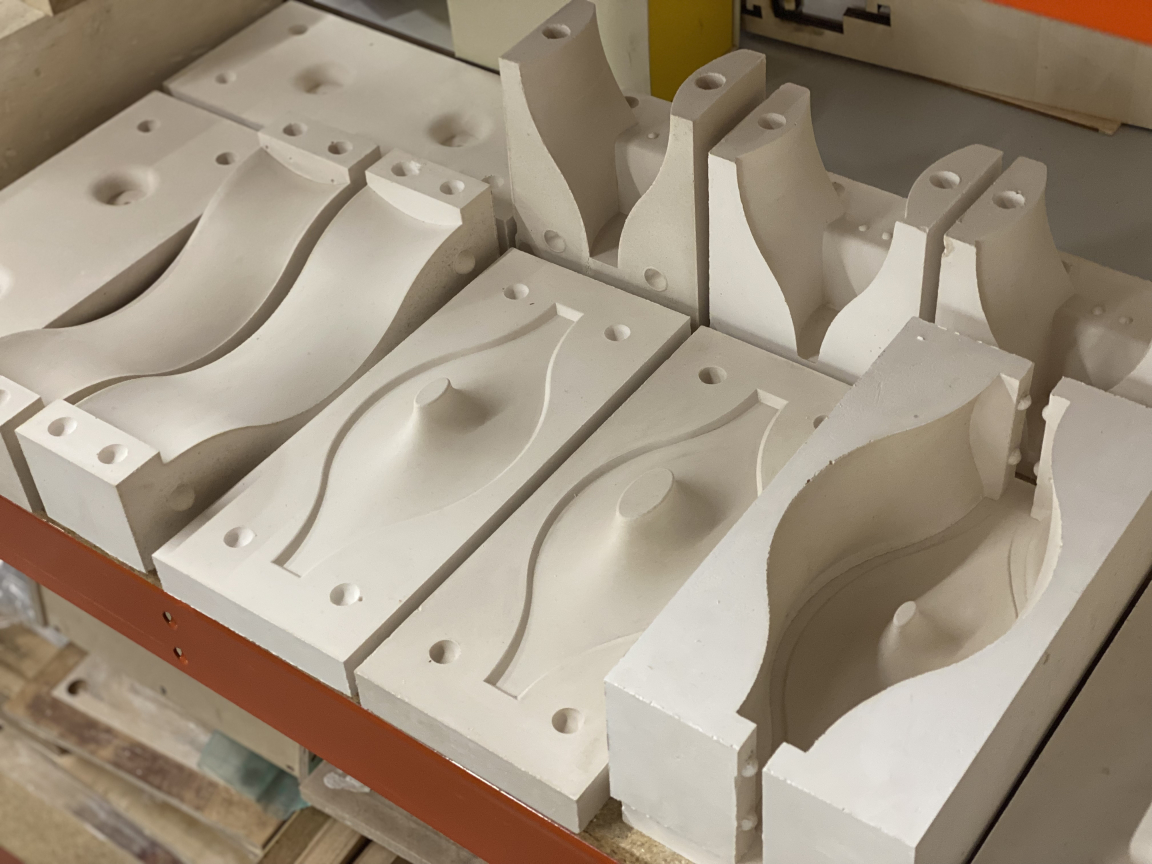
Can you talk us through the making process behind your ceramic façade?
“We started with parametric modelling using the graphics and computer-aided design application software; Rhino and Grasshopper, later performing frequency measurements on the electronic model based on the Helmholtz resonator frequency formula. Since some early prototypes at similar scales had been previously carried out, we compared the data from the fired ceramics with the electronic model to obtain anisotropic shrinkage and thickness data.
“This helped us to calculate the frequencies and reduced the errors between the parametric calculations and the solid model to a large extent. After determining the various dimensions of the parametric model with the target frequencies in mind, in order to obtain a prototype that can be tested, we had to divide the mould into sections that can be easily de-moulded and design the wood dimensions and milling path for each piece in the computer-aided manufacturing software, Fusion360.
“Once the wood-made mould is obtained, the sections are then poured into a negative mould using plaster. The shaped plaster moulds are left to air dry for a week to increase the absorbency and plasticity of the plaster, after which we clean the inside of the moulds and tape them for pouring the plaster. When pouring, care must be taken to replenish the slip inside the moulds at all times in order to achieve the desired quality of the finished product with uniform thickness in all parts. The product is dried thoroughly - usually taking around three days - before it is fired in the kiln.
“After a firing, the texture hardens and we then drill and polish it to meet the assembly requirements. This is followed by a firing at the required temperature depending on the type of glaze. A total of two firings are required to obtain the final Helmholtz Resonance ceramic bricks.
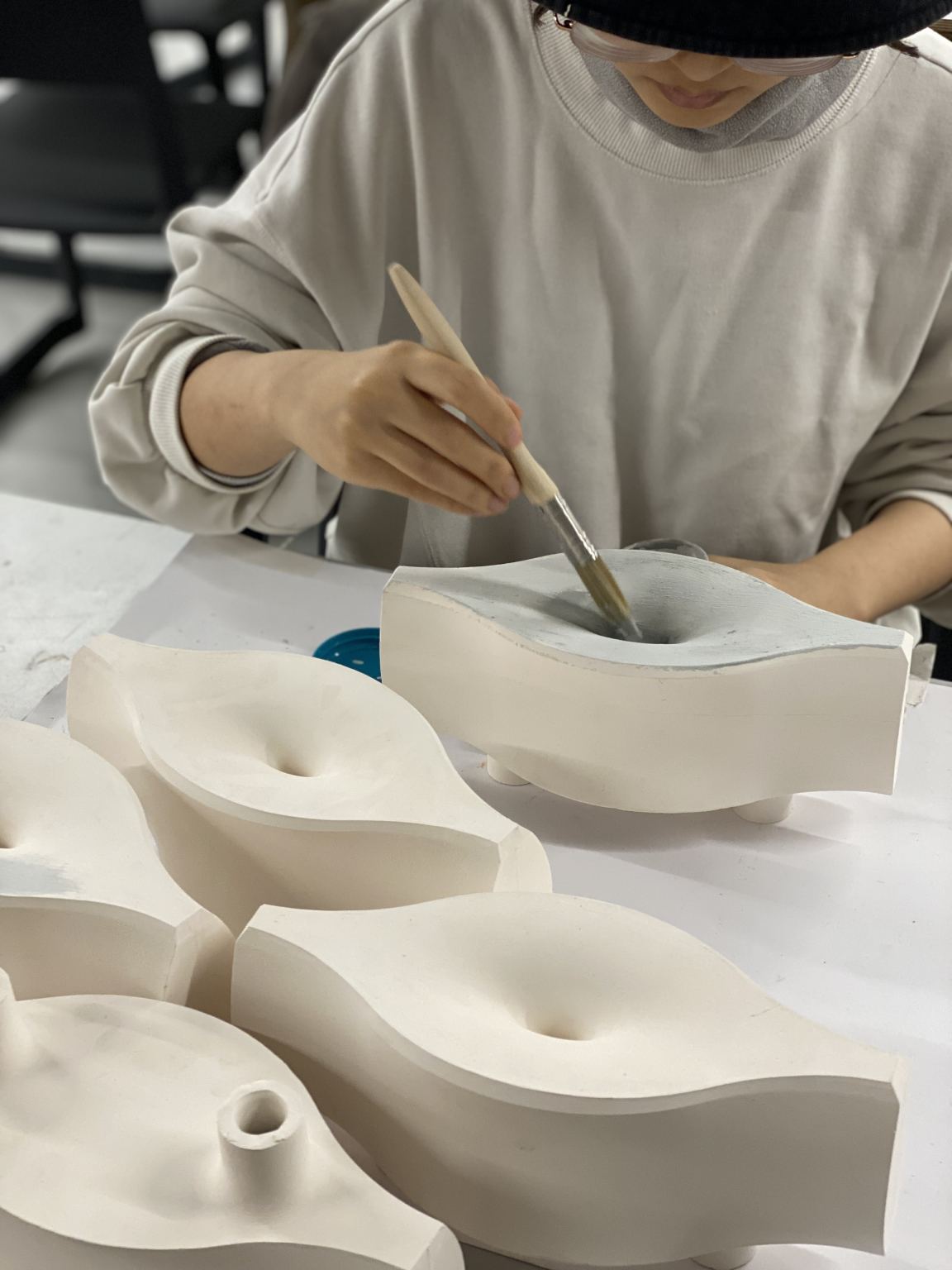
What materials have you used in the project and where have you sourced them?
“We experimented with wood, plaster and other porous materials. In a comprehensive performance comparison, slip casting ceramic has high plasticity and structural hardness, representing it is a more suitable material for our project.
“During the design process, we conducted a comparison test using two different types of slip. One was Terracotta and the other was White Earthenware slip. We found that the products made by White Earthenware slip had a smaller shrinkage and higher accuracy, so we decided to use this material.
“At a later stage, we used several different colours of earthenware glaze for experimentation and final glazing. Usually we sourced the materials through the official websites of some ceramic distributors, such as Bath Potters and Scarva.”
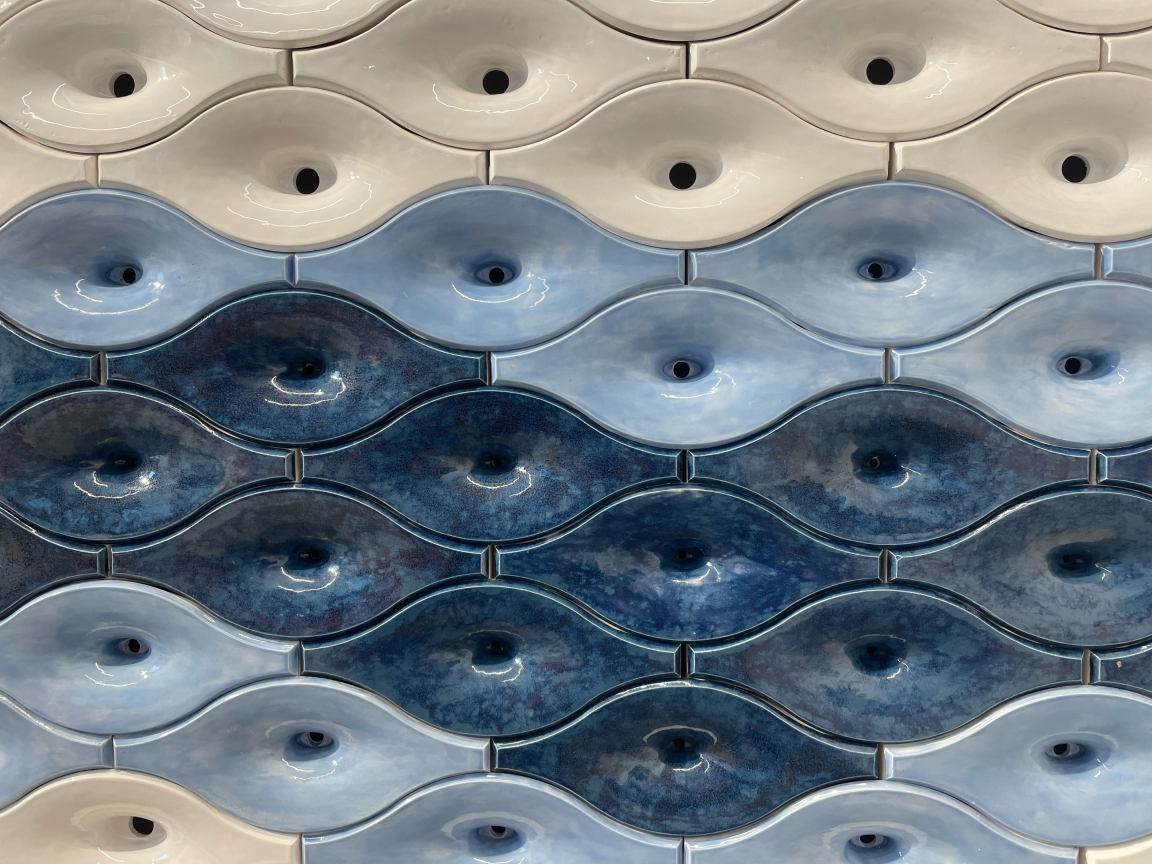
The bricks have a visually appealing, organic design quality to them. Can you tell us about the decision making behind this?
“During the design of the product, we set up three different frequencies of acoustic resonance prototypes based on the sound sources at the study site. The decisions on these frequencies were made according to the record of common low frequency noises of traffic in street canyons. For product manufacturing, we used different colours of glaze for different frequencies of the prototype.
“On the one hand, we hope that the organic visual design intuitively shows the diversity of product functions and enhances people’s awareness of the acoustic environment of urban space. On the other hand, we wish that the visual impact distracts people from the noise and enhances the aesthetics of the city, which in turn has a pleasant effect on the mood.”
Could you please explain how the United Nations Sustainable Development goals are considered within this project?
“In line with the UN Sustainable Development Goals 3: Good Health and Wellbeing and 11: Sustainable cities and communities - we hope to improve the urban acoustic environment and reduce noise damage to communities. During the research phase, we searched the data and found that noise has a negative impact on human physical and mental health.
“The main source of urban noise is currently road traffic, which is predominantly low and medium frequency. This led us to think about how we could improve the sound comfort in the area by using low frequency sounds in road noise. The need for this target frequency absorption led us to focus on Helmholtz resonant structures capable of absorbing sound at specific frequencies.
“At the same time, we have tried to reduce costs as much as possible in the manufacturing process, maximise the recycling of moulds to reduce the consumption of raw materials and pursue sustainability in manufacturing to achieve energy efficiency and environmental protection.”
Have you found crafting a Helmholtz resonator out of ceramic particularly advantageous in comparison to other materials? If so, how?
“Yes, first of all in terms of the material production process. The slip casting process is a traditional ceramic forming process that supports modular manufacturing and high volume production. Importantly, the process produces products with naturally occurring cavities that meet the structural requirements of Helmholtz resonance cavities. However, some common building materials such as wood or stone are not easily processed into cavities and can result in waste of raw materials. Ceramic cavity shapes also offer a great deal of flexibility for product iterations and mass production.
“There are also many historical examples of ceramic cavity structures being used for acoustic modulation in buildings, where pots and jars have been buried in domes, walls and floors to absorb or enhance different frequencies of sound to achieve the desired acoustic environment. However, there are no modern examples of manufacture using slip casting in architectural acoustics.
“At the same time, we found that the frequency of the model could be controlled by changing part of the combined mould. This allowed us to recycle part of the mould - which was good for both manufacturing efficiency and reducing material waste.”
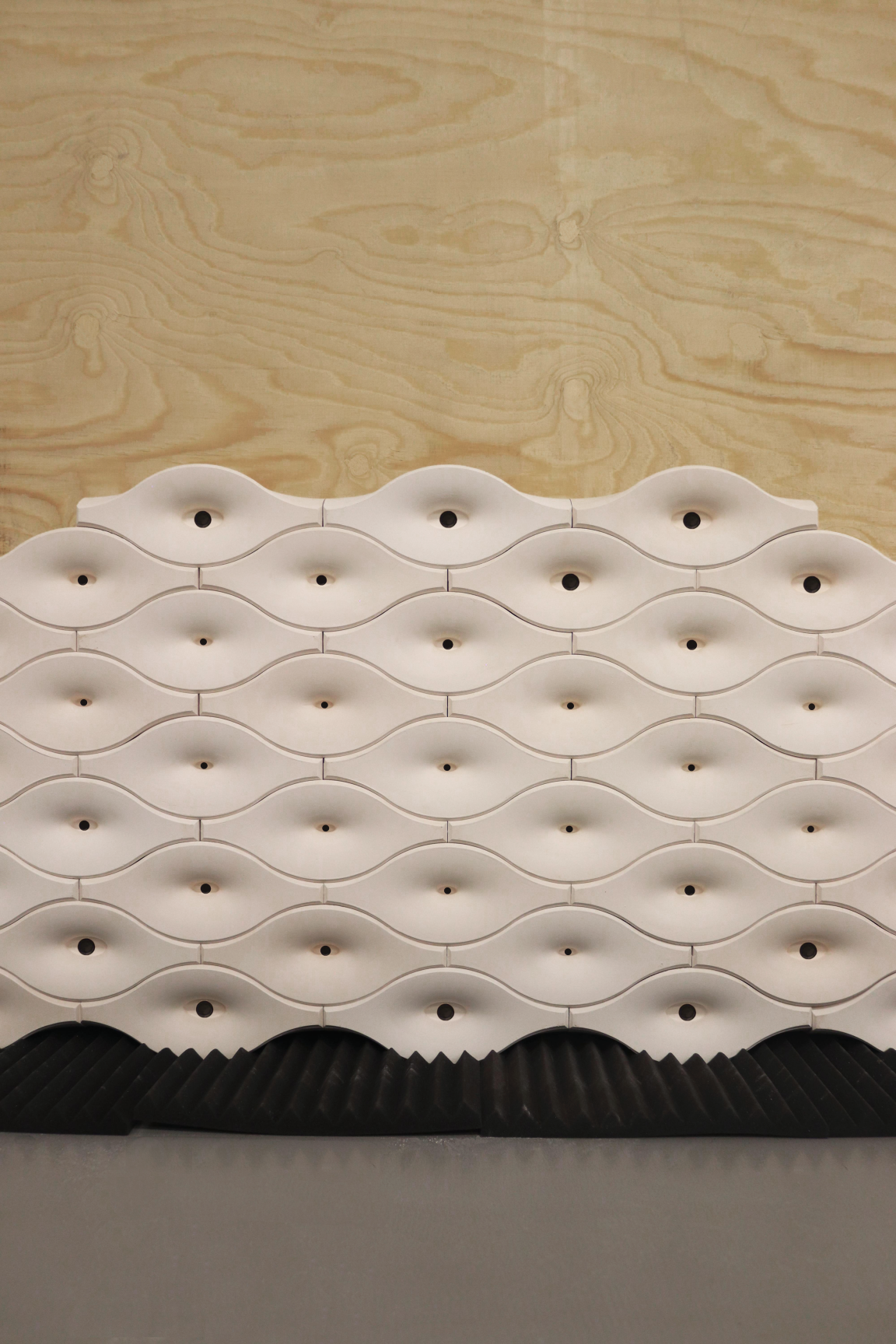
What sources of inspiration and research did you use when designing?
“A number of examples of modern ceramic materials used in building facades and commonly used architectural acoustic means of dealing with urban noise problems were consulted. This gave us some confidence in the practicability of ceramic facades.
“There is also information on how people have historically used ceramic products to deal with acoustic problems, which provides some reference for the design of prototype units. The work on assembling the solid model was also informed by some of ACAW's work and examples of other companies' treatment of ceramic moulded assembly forms - leading to the final solution of using the casting port for assembly.”
You’ve produced some truly innovative results for positively altering the soundscape of external spaces. How do you think buildings and urban spaces of the future will further consider human health and wellbeing in their design?
“For a long time, urban planning and architecture have been human-centred, attaining the highest possible level of practicality and addressing the basic needs of society. In the future, I think that based on the current social environment, designers will become increasingly concerned with human health and wellbeing in urban space.
“More specifically, the outcome of the judgment on whether it can improve the comfort of human life will be the early measure of a design solution. The designers will pay more attention to the user’s experience during the design process, emphasising a combination of objective and subjective feedback. Meanwhile, a range of variability is predetermined in the design and continuous adjustment can be made based on the evaluation of the users. These assumptions are consistent with the goal of designing for sustainability, and ultimately improving the overall quality of life in urban spaces.”
Finally, what’s next for the both of you?
“This project has helped us to understand more deeply the potential laws that govern the interplay between materials, manufacturing and design.
In to our future design and work, we will further develop the corresponding research logic, pay critical attention to user experience, value the meaning of product construction and finally - try to find a balance between the three.”
We’d like express our thanks to the The Bartlett School of Architecture and in particular to Jiade and Yao for providing extensive insight into their innovation fuelled final year project. To learn more about it, click here
Keep a gap in your diary for the Bartlett School of Architecture’s next Fifteen Show, running this year on the week commencing 4th December 2023.



